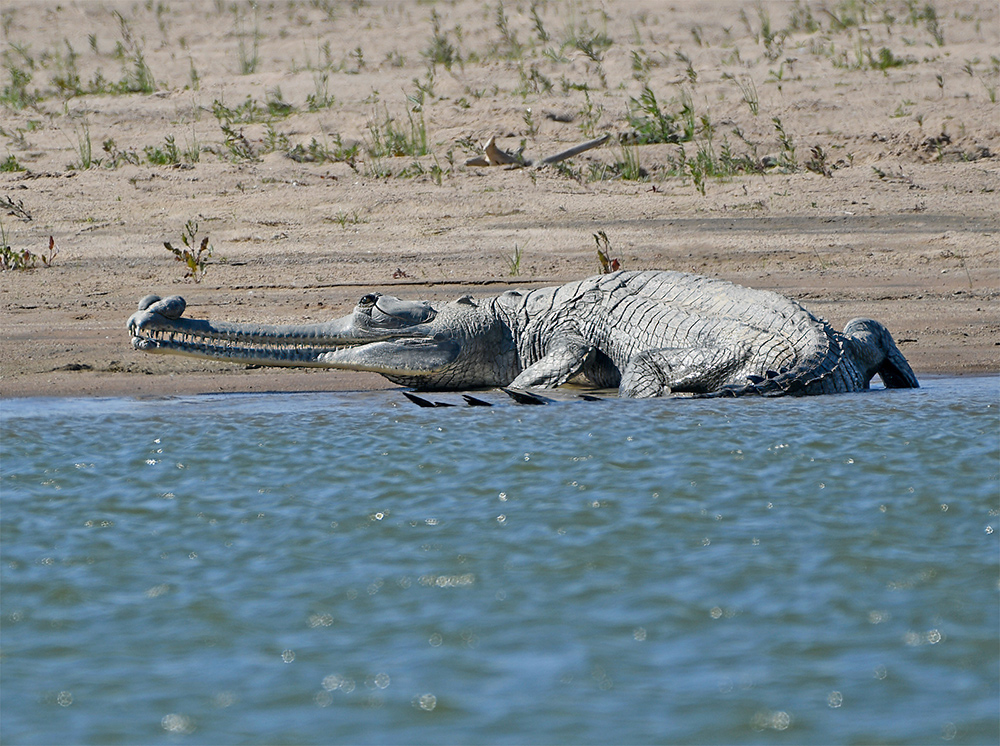On day three, we took off early from the hotel in Bharatpur towards Dholpur and the Chambal River. This location is situated about 100 km drive south of Bharatpur. Chambal River is a tributary to the Ganges known for the rare Gharial crocodile. On our way we stopped at a marsh next to the road near Rupbas where Dalveer earlier had seen the Painted Snipe, one of my target species. And to my astonishment, Dalveer managed to find two well-hidden Greater Painted Snipe in the gras. To say it at least, I was very happy with my guide on this trip. Yes, we missed some of my target species (like the fishing owls), but with wild birds it is always a hit or miss. And Dalveer was excellent to find the birds that were around.
After a couple of hours, we arrived at the bridge that connects Rajasthan with Madhya Pradesh. Beneath the bridge we rented a boat with a local guide and set out to find the Gharial but also the Mugger Crocodile which lives here. Luckily, we found them both, but the Gharial was surprisingly shy and went into the water long before we approached them. I still managed to get some decent photos of a male Gharial laying on the riverbed. Although the Gharial has an elongated and narrow snout and mainly prey on fish, it is actually one of the largest of all crocodilian species, with males reaching 16 to 20 feet (5 to 6 meters) in length. Females typically grow to lengths of 11.5 to 15 feet (3.5 to 4.5 meters). In terms of bird species, the Chambal River is known for the Indian Skimmer and the Black-bellied Tern. Luckily, we found them both and also saw the River Dolphin, another specialty of the Chambal River (although no photo of this mammal). The boat trip also produced the trips only sight of Bonelli’s Eagle, River Tern, and Greater Thick-knee.
After lunch, we headed west in search of the Indian Vulture, another target species. Dalveer told me we could find them near a town called Bayana situated a couple of hours drive from Dholpur. Instead of going back to the Bharatpur Bird Sanctuary, I preferred this off-tour in search for the vulture. On our way we stopped near Mastoora where we saw the Sarus Crane and the Asian Openbill. We found several Indian Vultures at the Bayana Cliffs. Like most vulture species, the numbers of Indian Vulture have declined dramatically in recent years. With a population decline of more than 97%, the Indian Vulture has since 2002 been listed as Critically Endangered on the IUCN Red List. Research has documented that the three species of Gyps vultures found in India (White-rumped Vulture, the Indian (Long-billed) Vulture and the Slender-billed Vulture) are dying out due to the widespread use of the drug diclofenac, which acts nephrotoxic to the birds.
A male Gharial (Gavialis gangeticus). When they get mature, male Gharials develop a hollow bulbous nasal protuberance at the tip of the snout
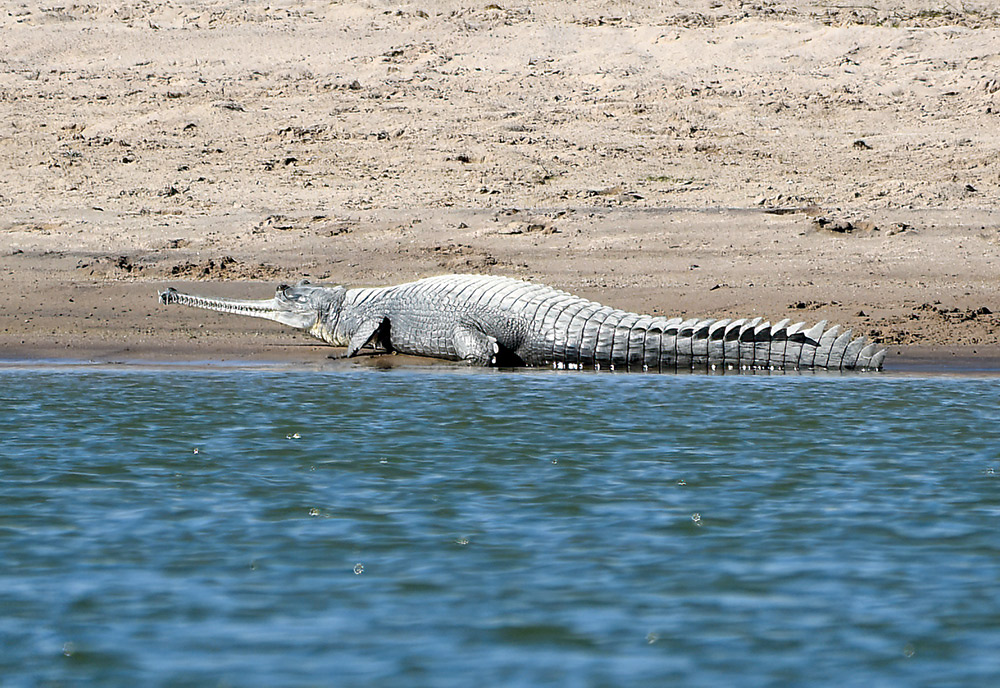
A female or immature Gharial
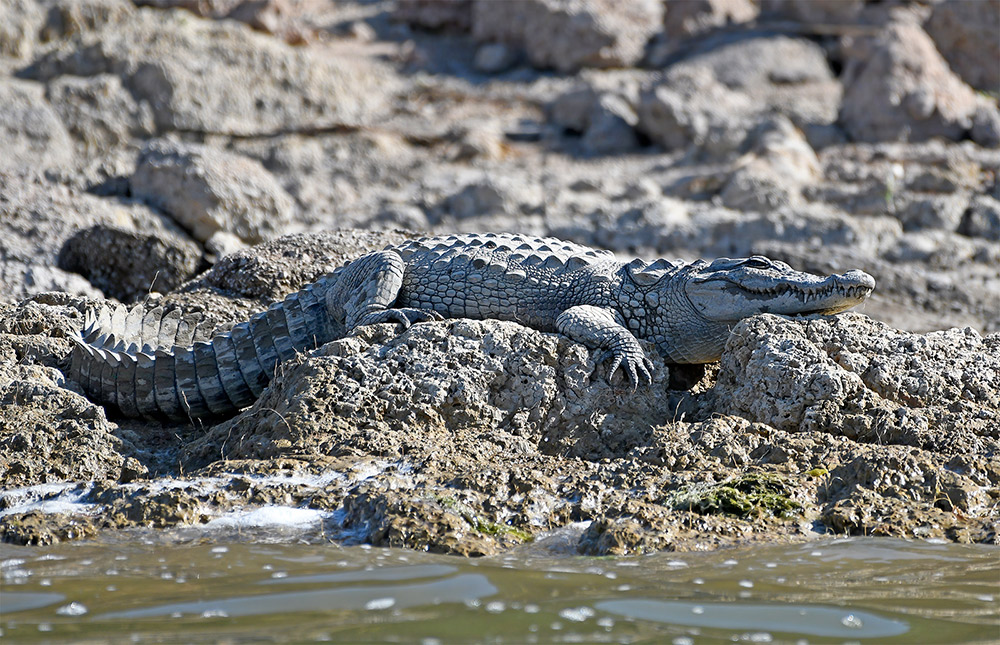
Mugger Crocodile (Crocodylus palustris)
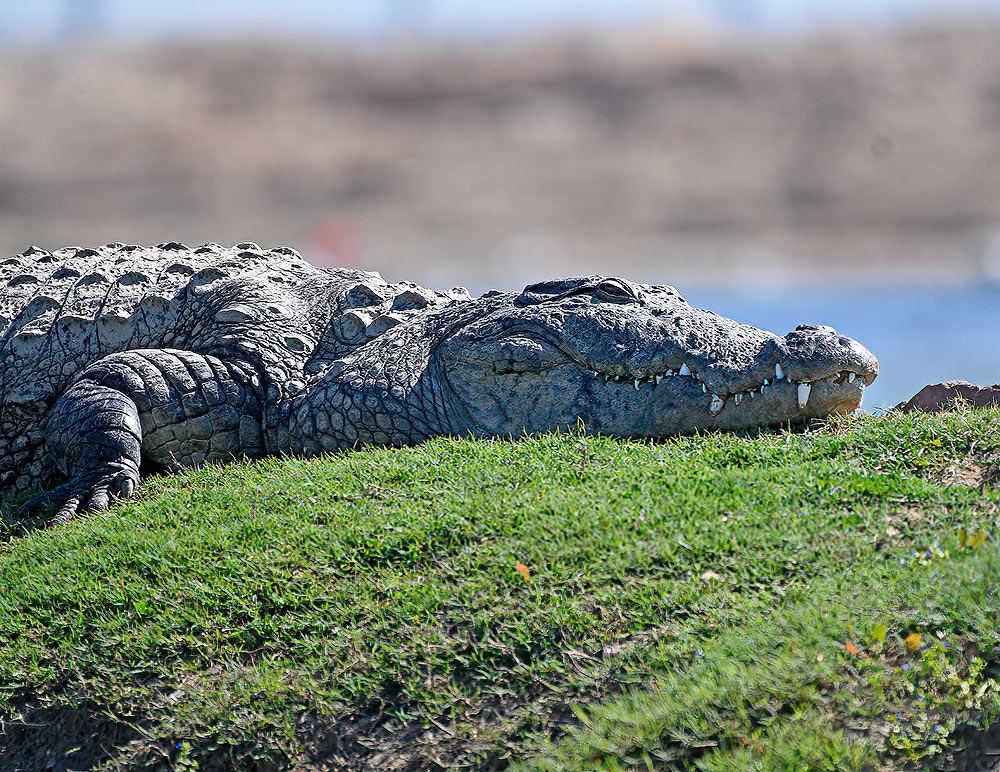
Mugger Crocodile
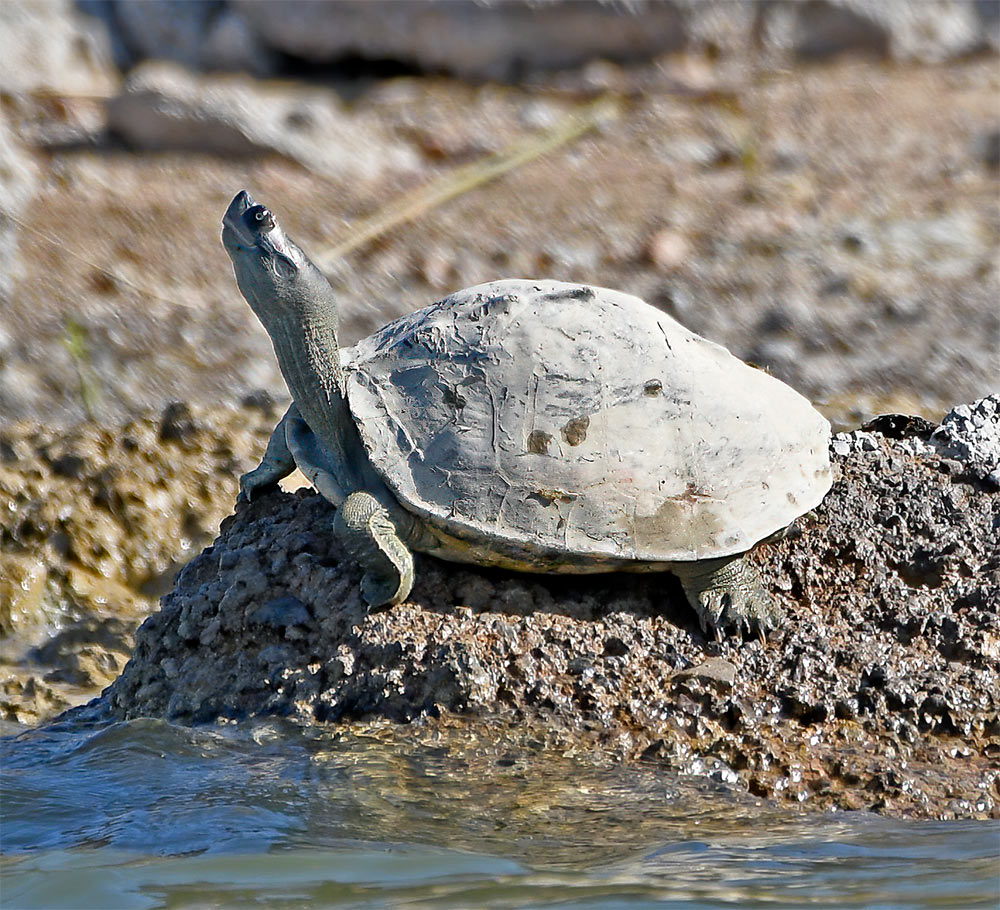
Indian Tent Turle (Pangshura tentoria)
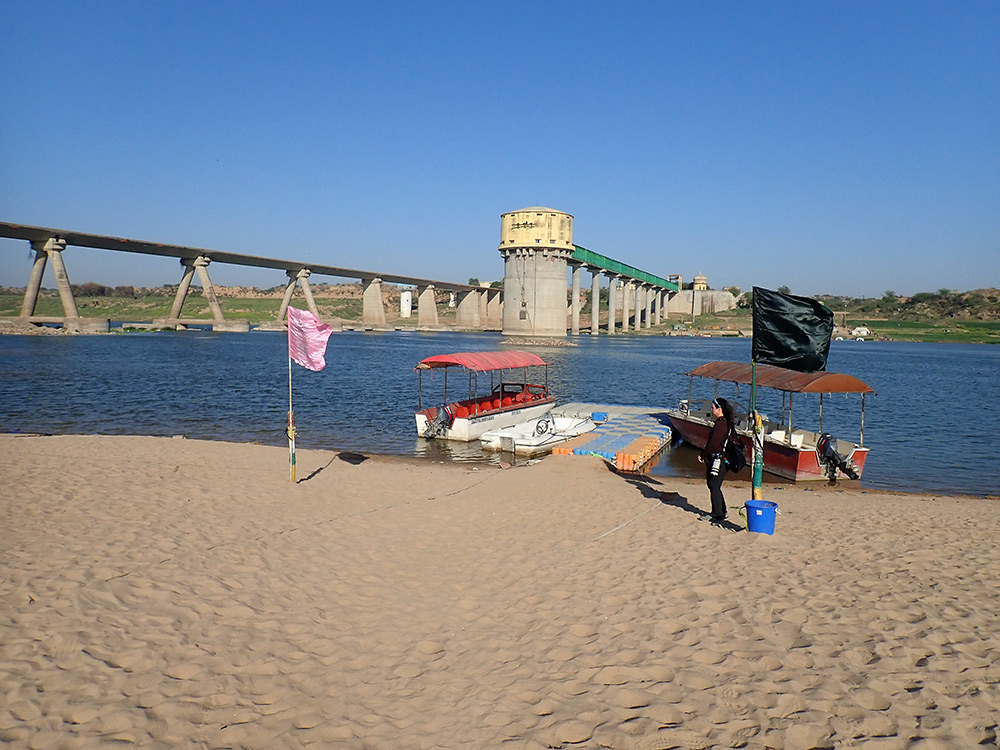
Chambal River boat ramp near the bridge at Dholpur
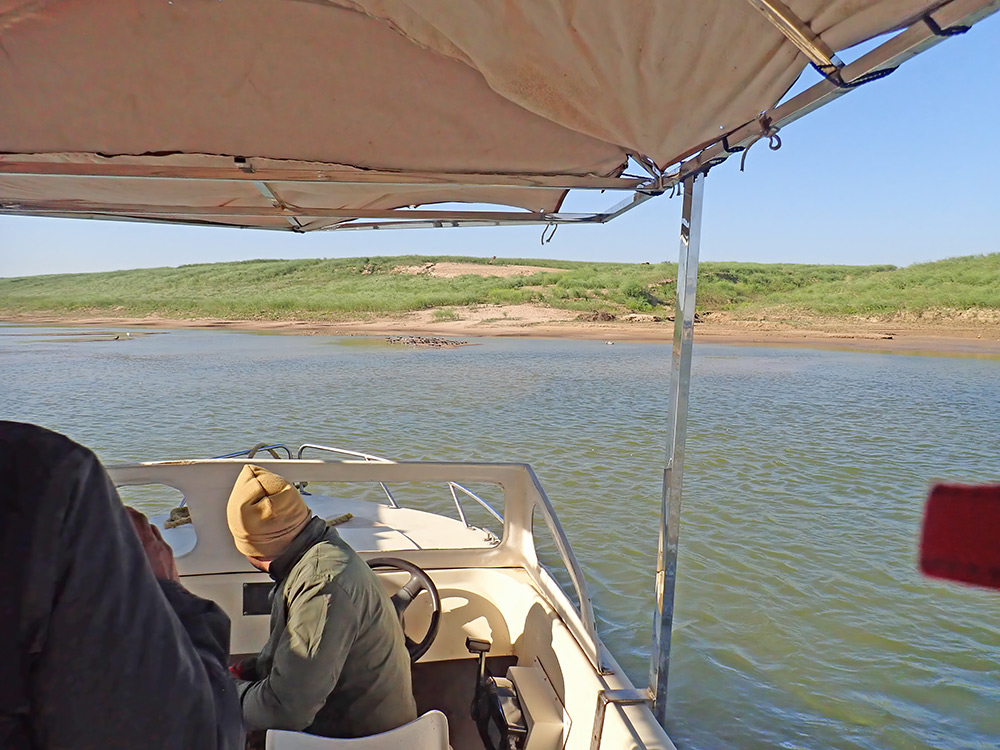
Slowly approaching the Indian Skimmer colony
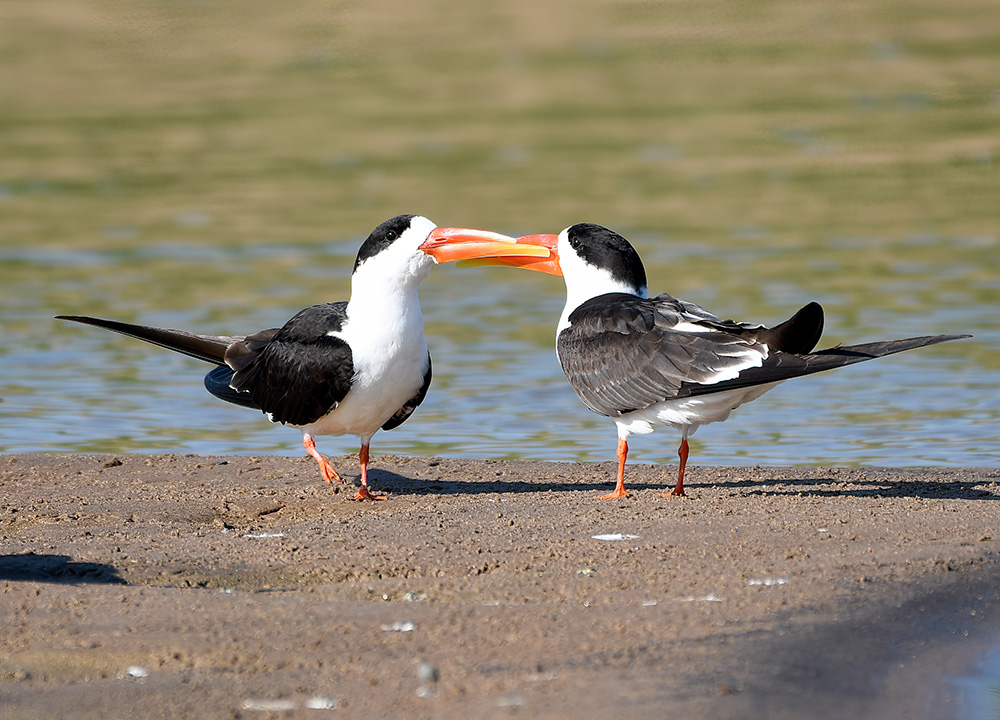
Indian Skimmer (Rynchops albicollis)
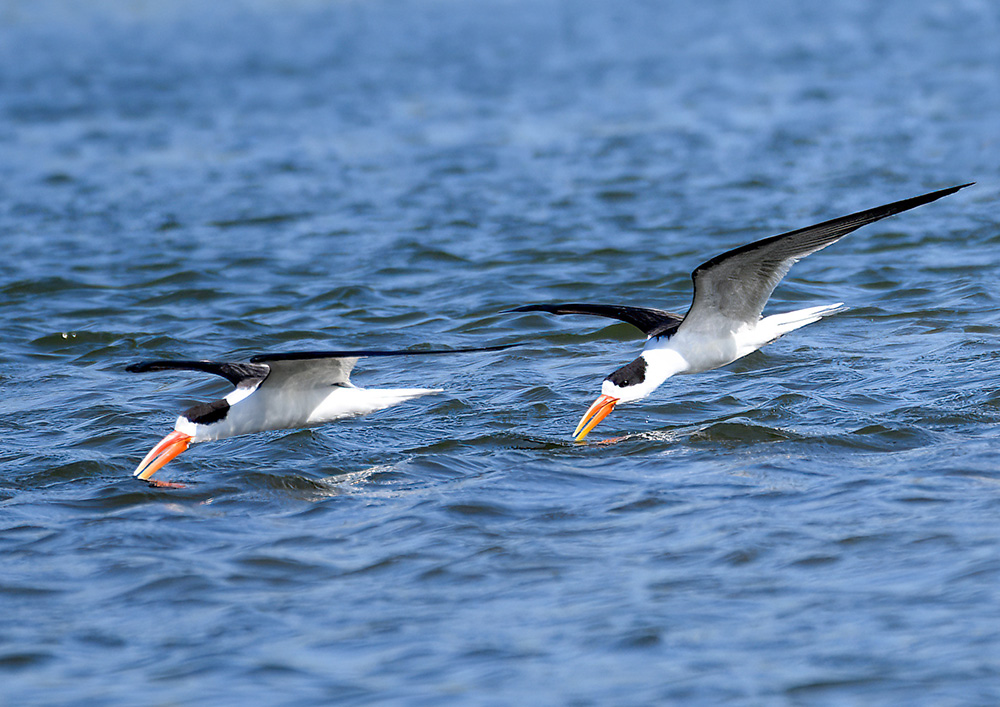
Indian Skimmer skimming' the water :)
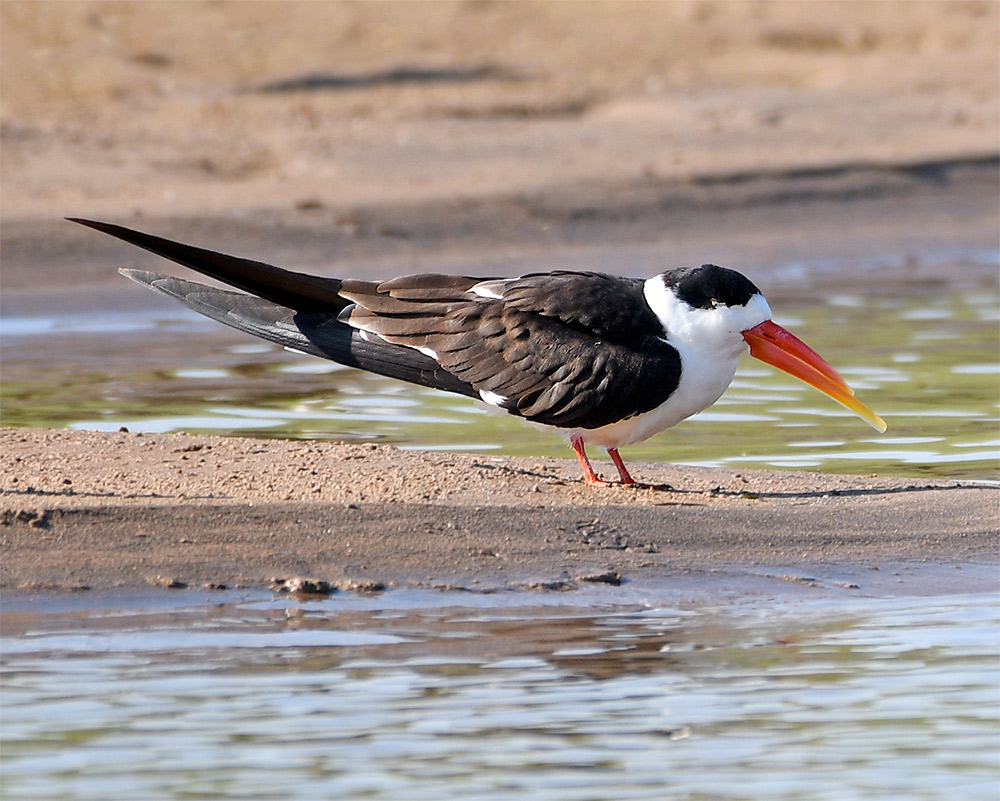
Indian Skimmer
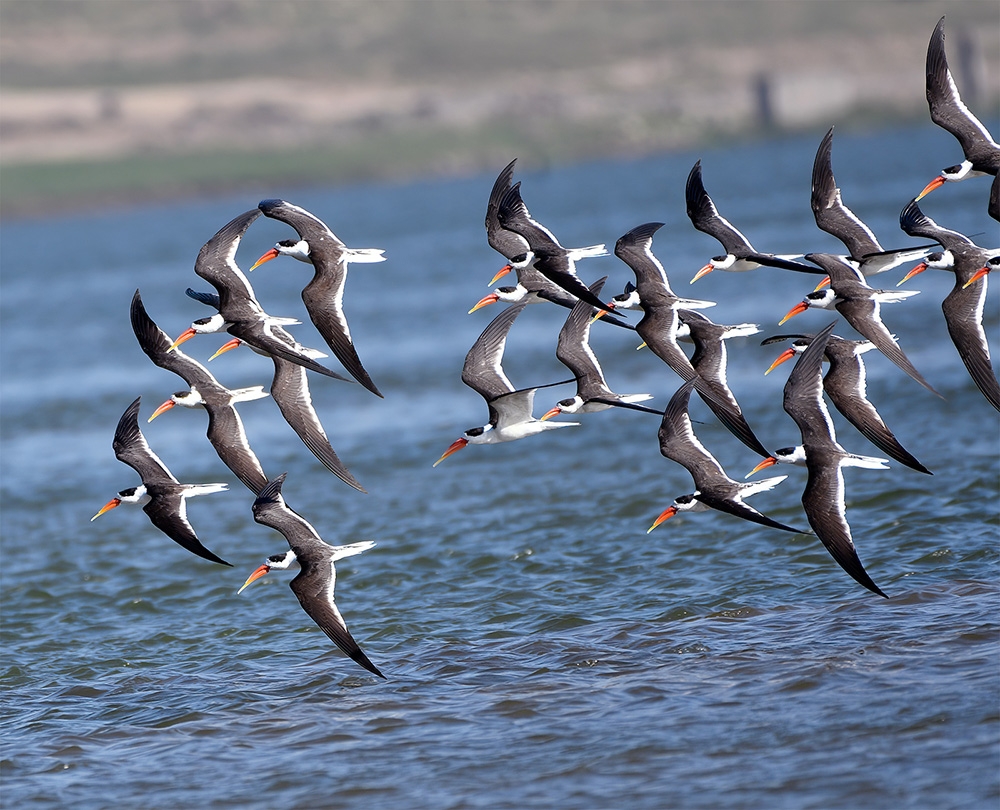
Indian Skimmer
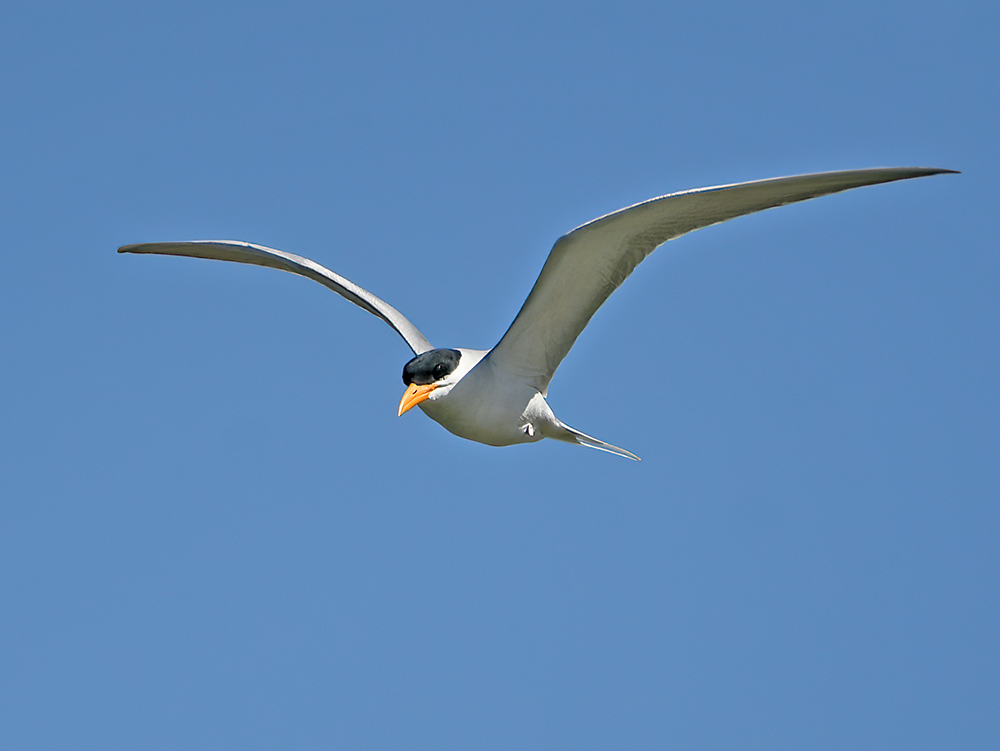
River Tern (Sterna aurantia)
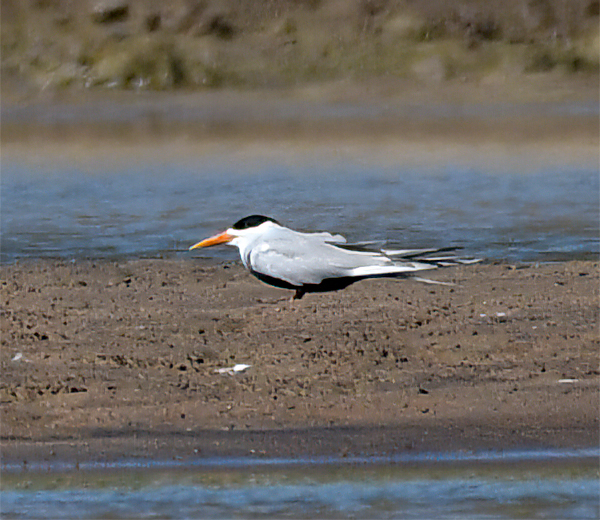
Black-bellied Tern (Sterna acuticauda)
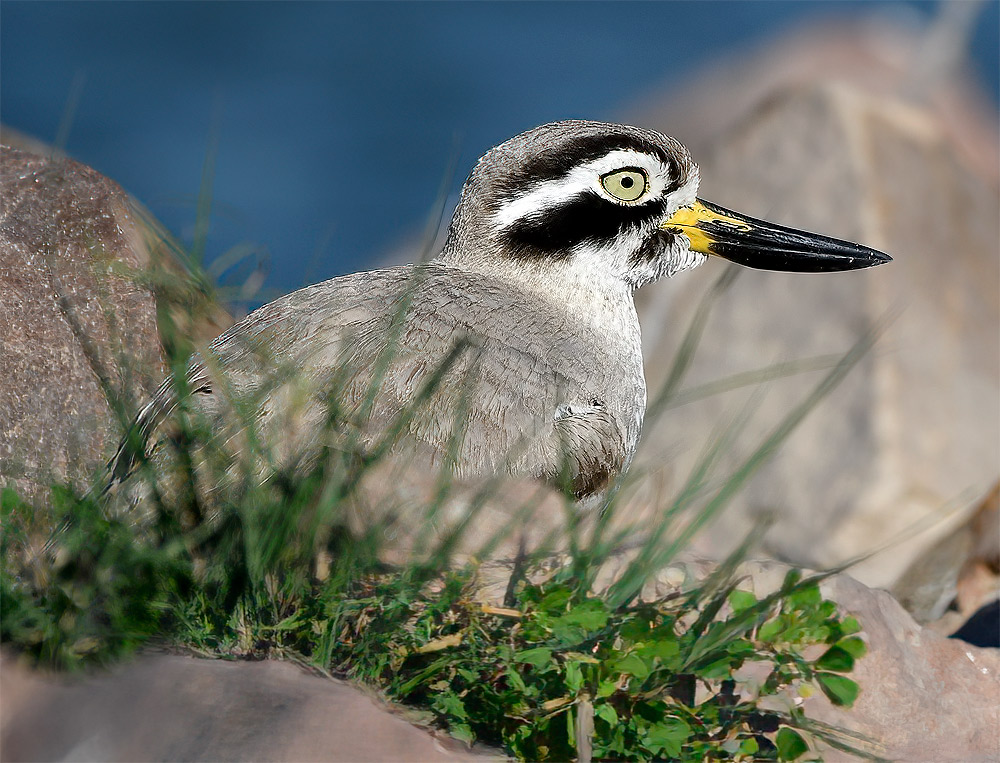
Great Thick-knee (Esacus recurvirostris)
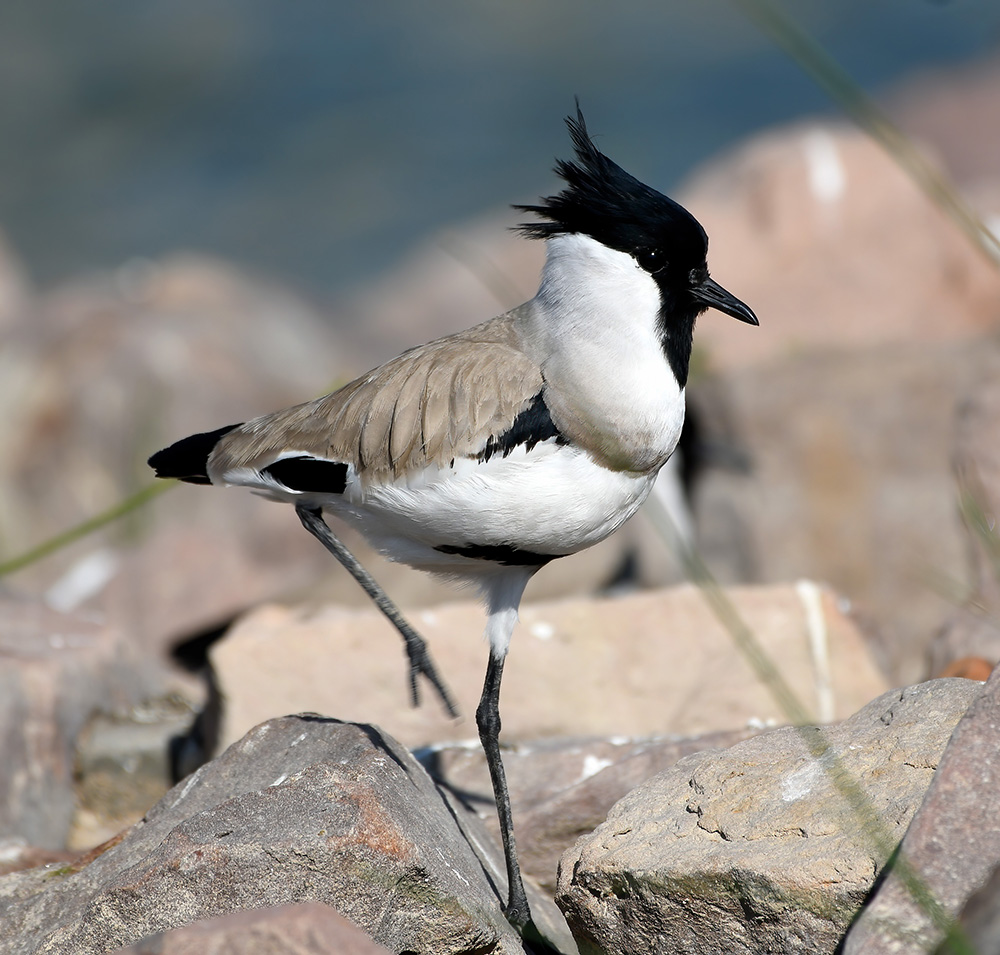
River Lapwing (Vanellus duvaucelii)
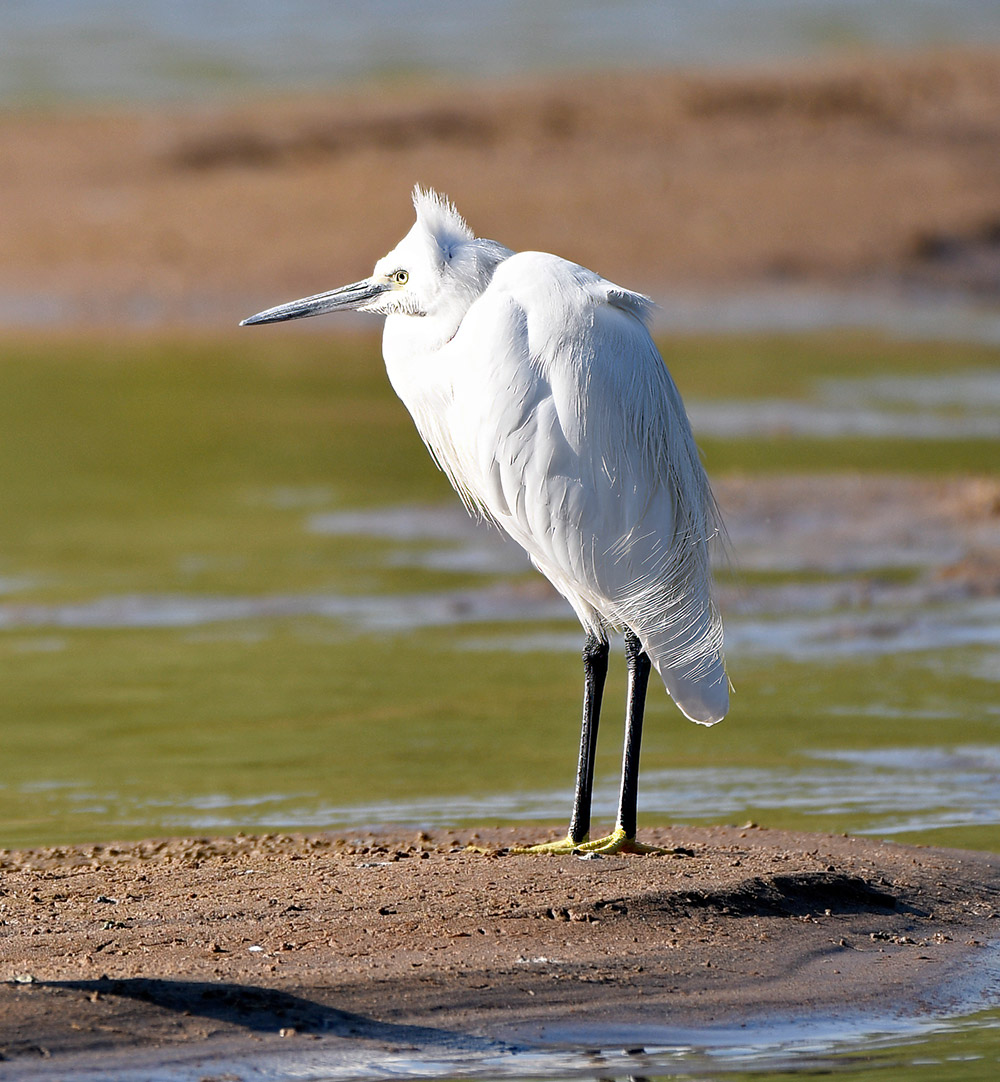
Litte Egret (Egretta garzetta)
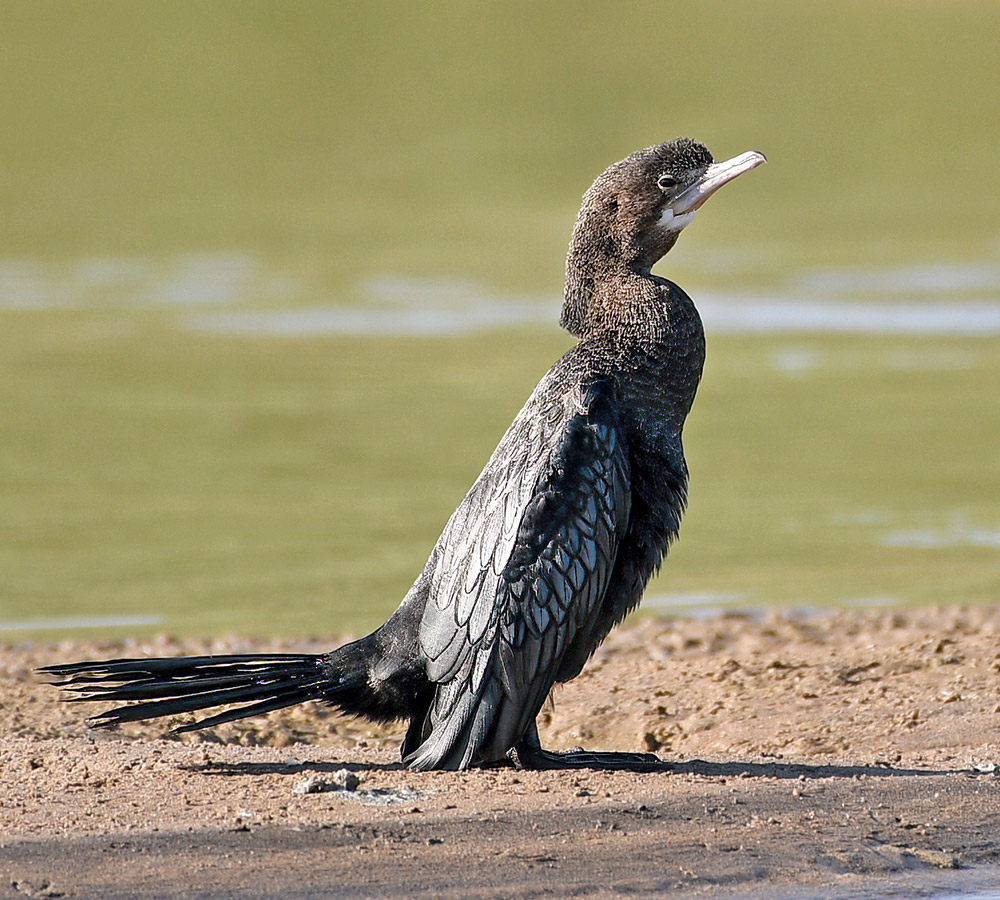
Great Cormorant (Phalacrocorax carbo)
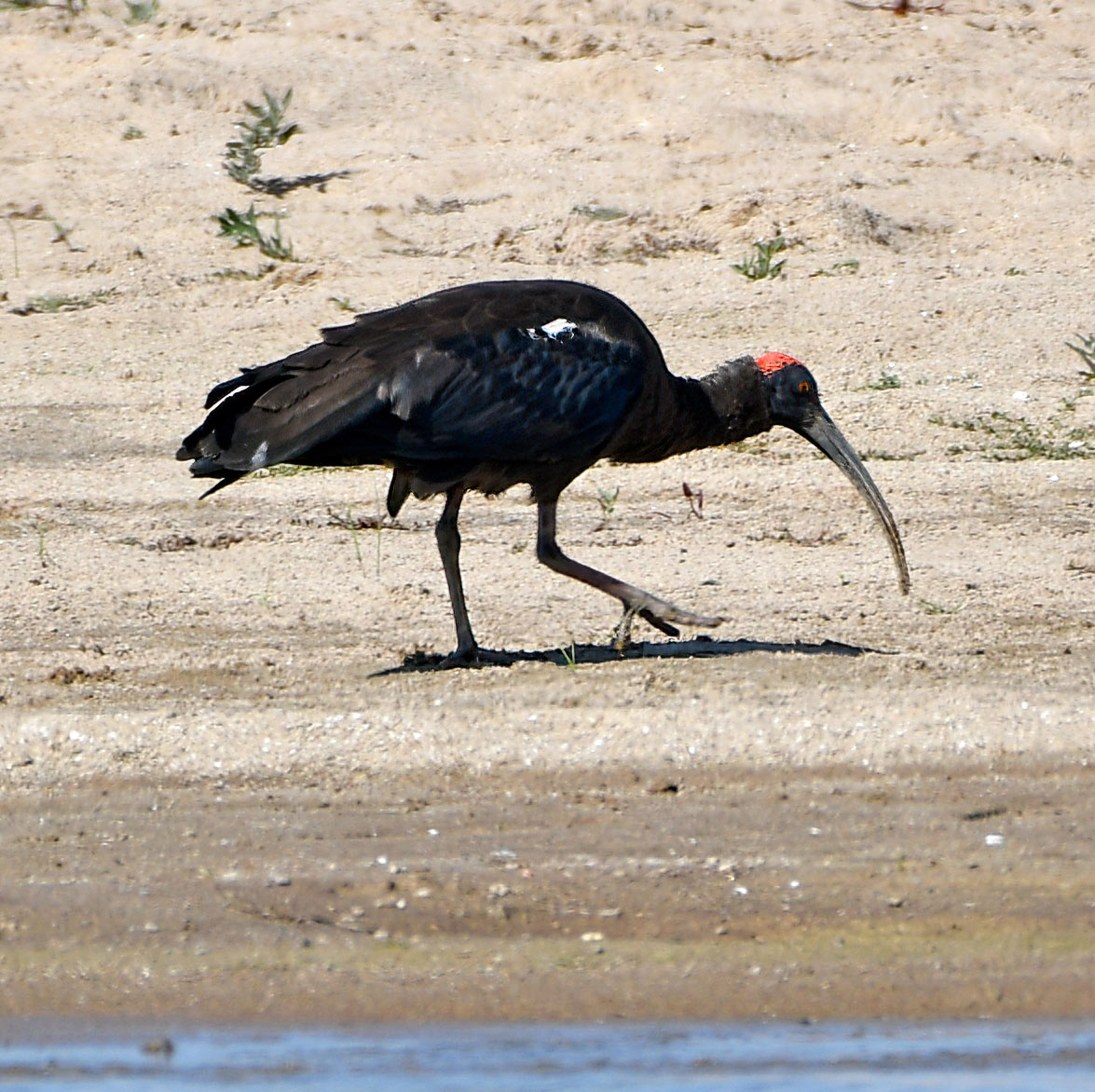
Red-naped Ibis (Pseudibis papillosa)
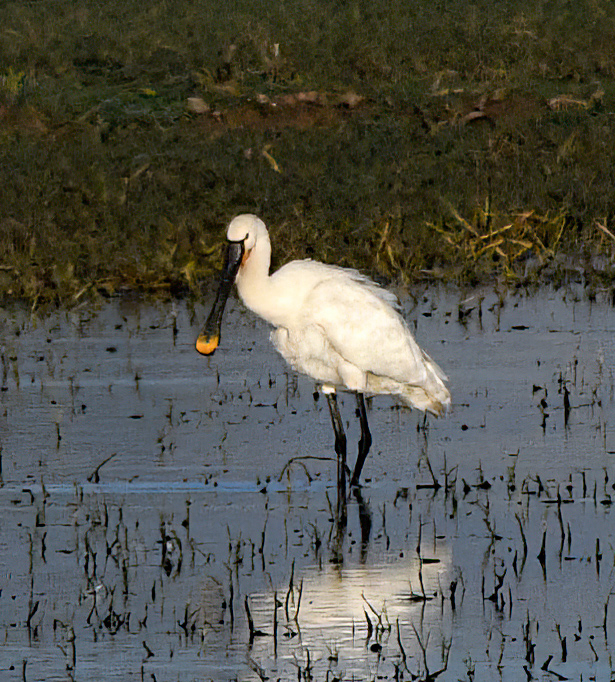
Eurasian Spoonbill (Platalea leucorodia)
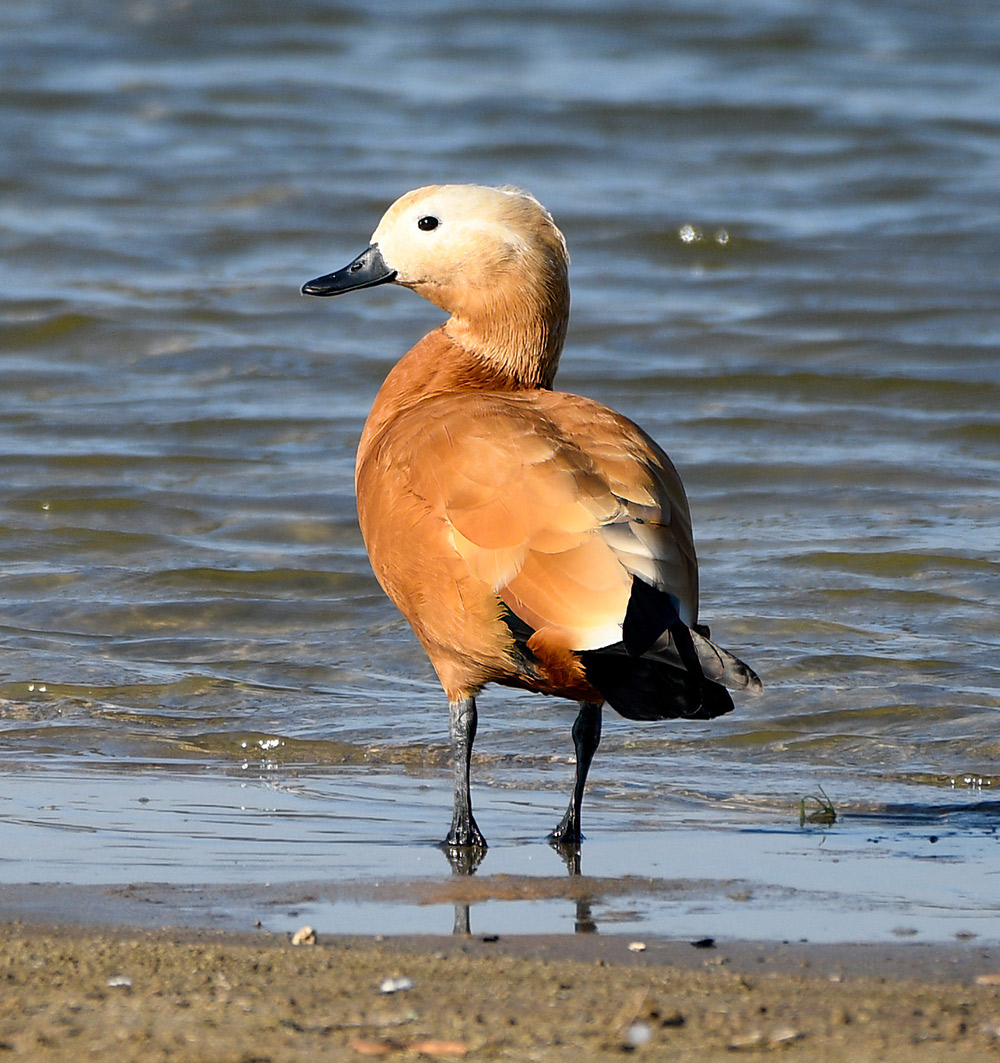
Ruddy Shelduck (Tadorna ferruginea)
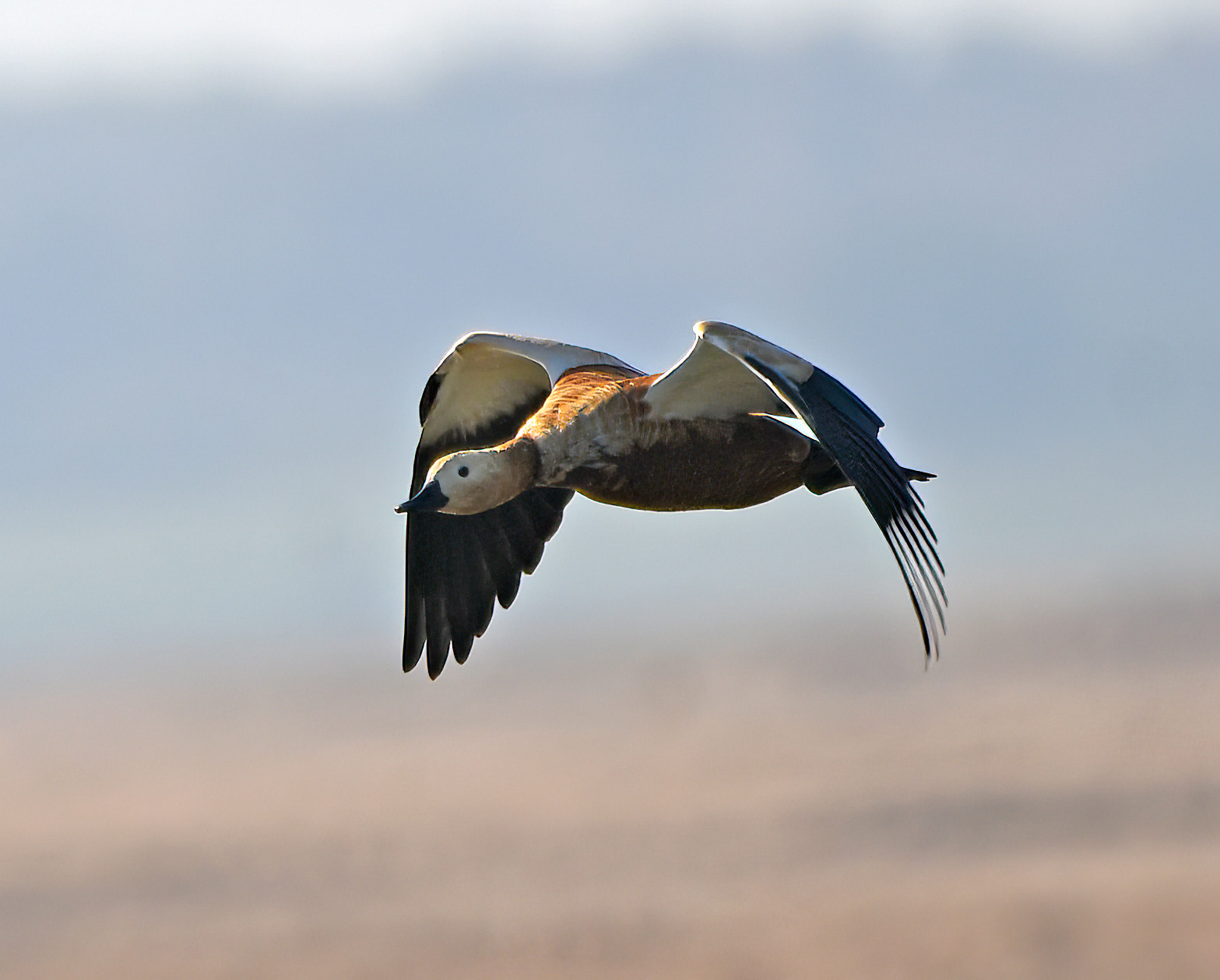
Ruddy Shelduck
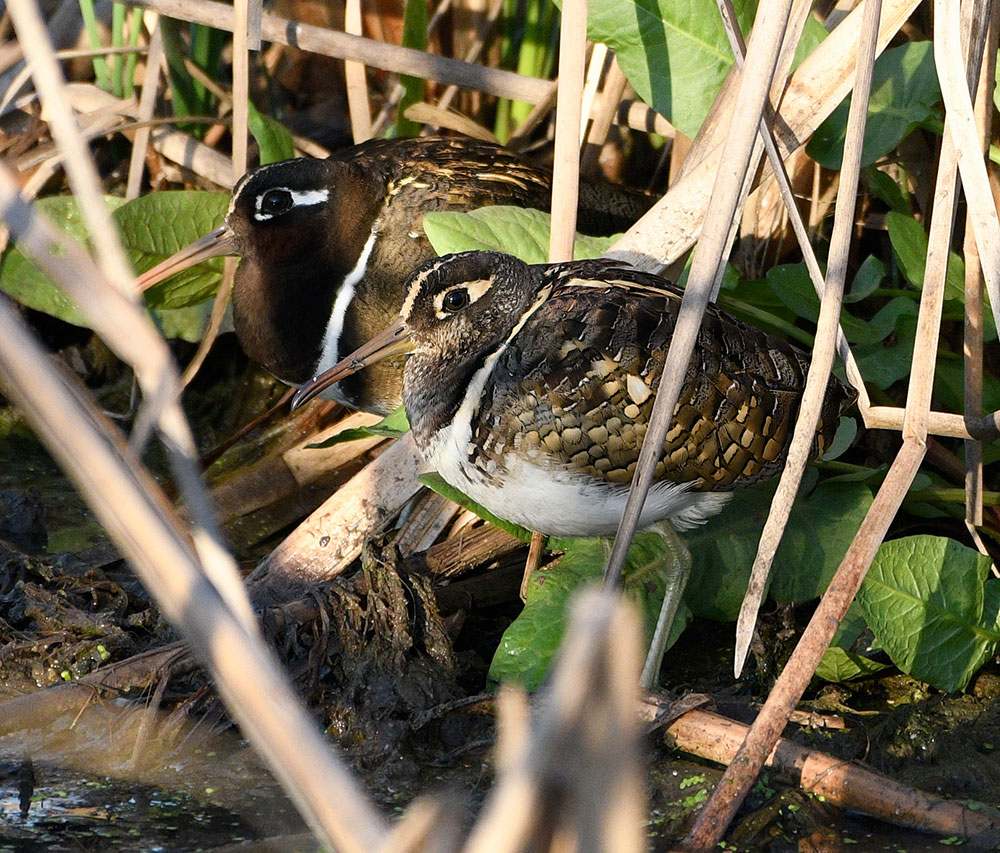
Greater Painted Snipe (Rostratula benghalensis), Rupbas early morning stop
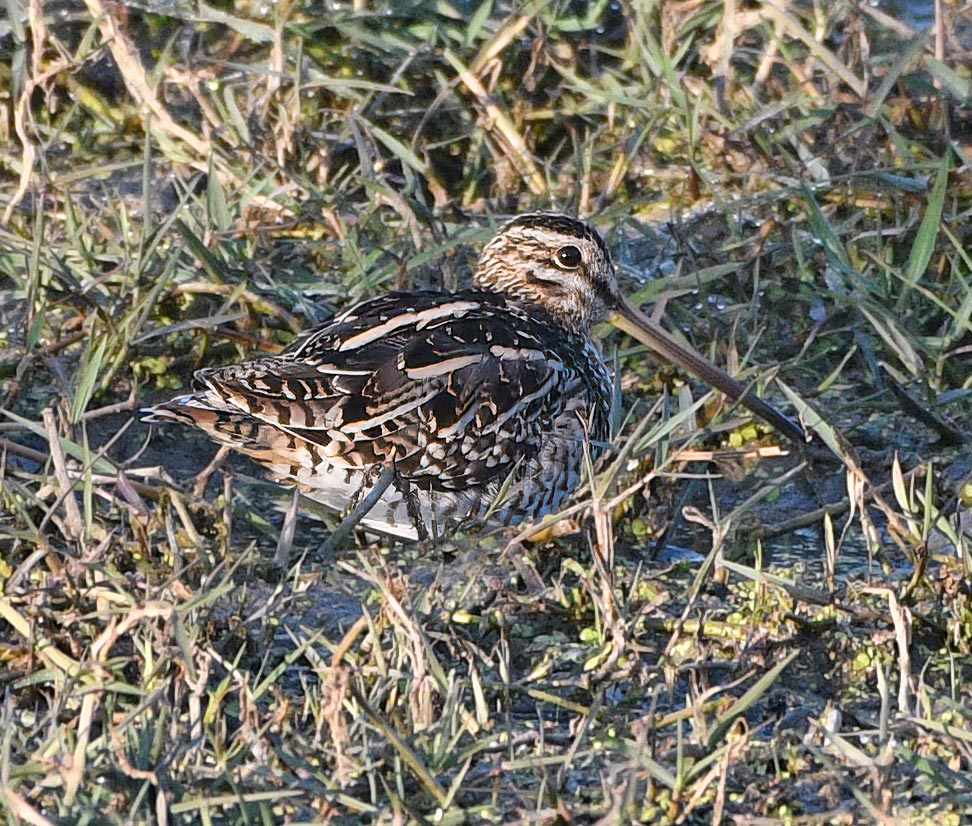
Common Snipe / Enkeltbekkasin (Gallinago gallinago), Rupbas early morning stop
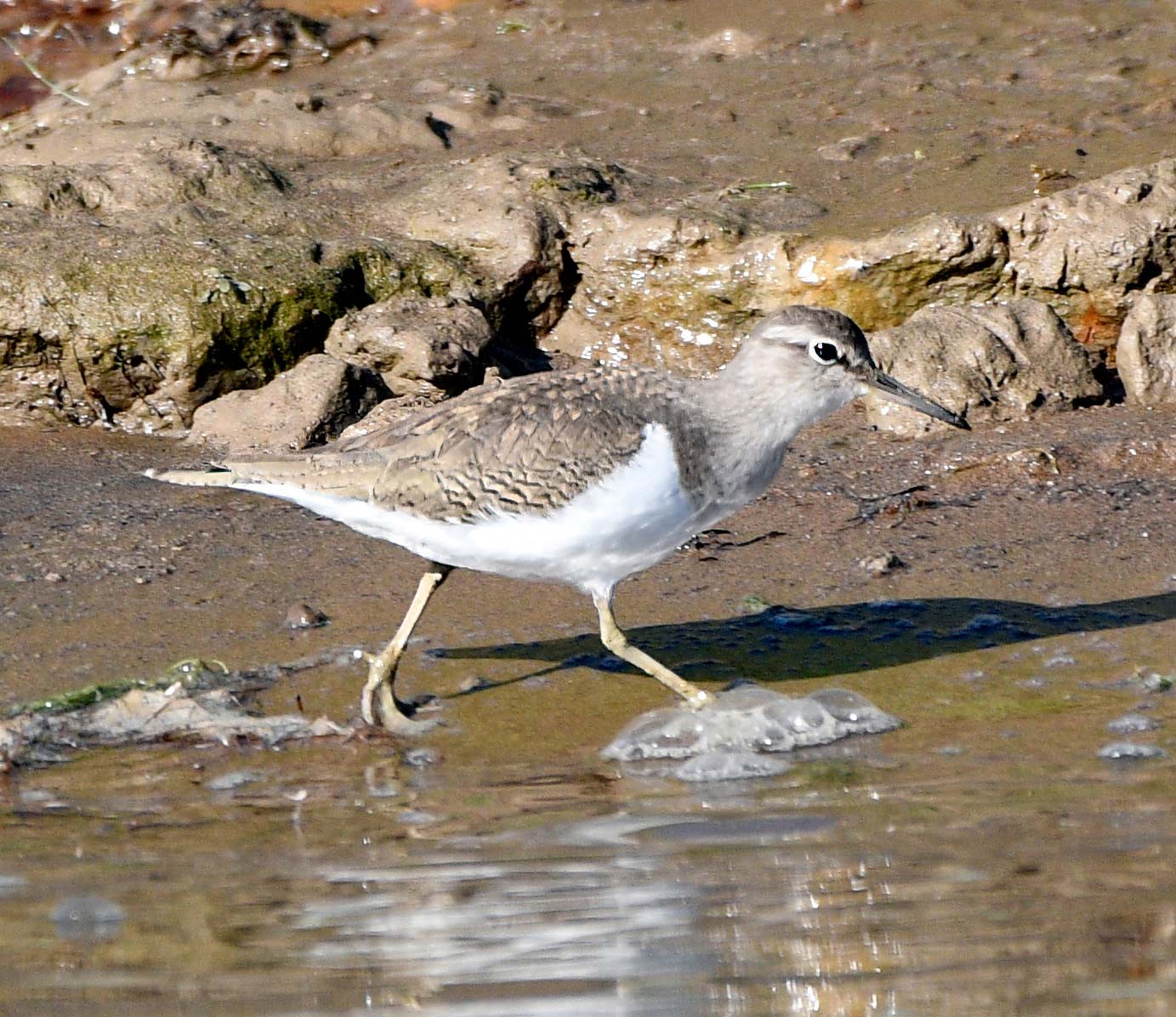
Common Sandpiper / Strandsnipe (Actitis hypoleucos)
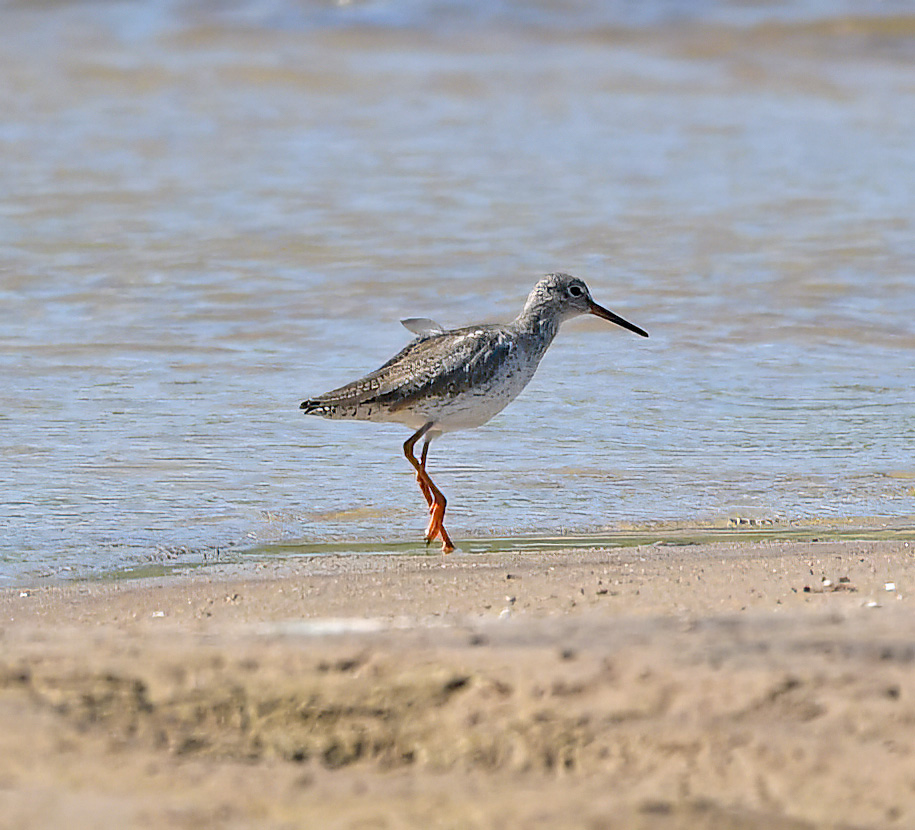
Common Redshank / Rødstilk (Tringa totanus)
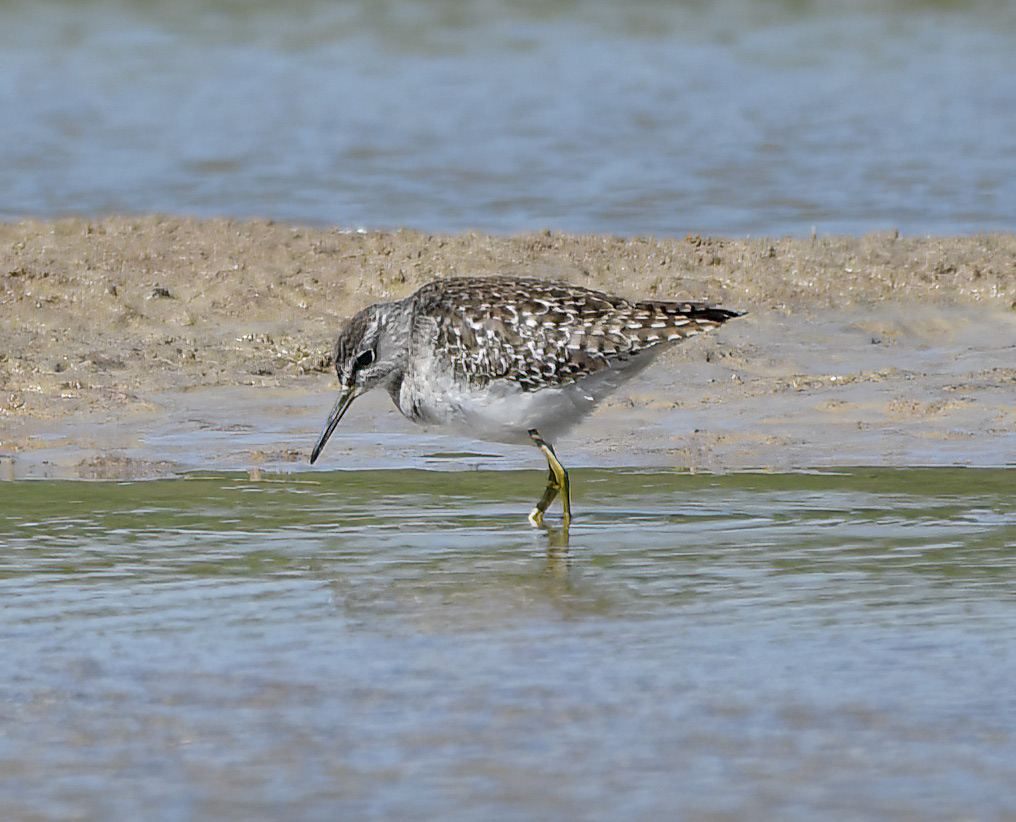
Wood Sandpiper / Grønnstilk (Tringa glareola)
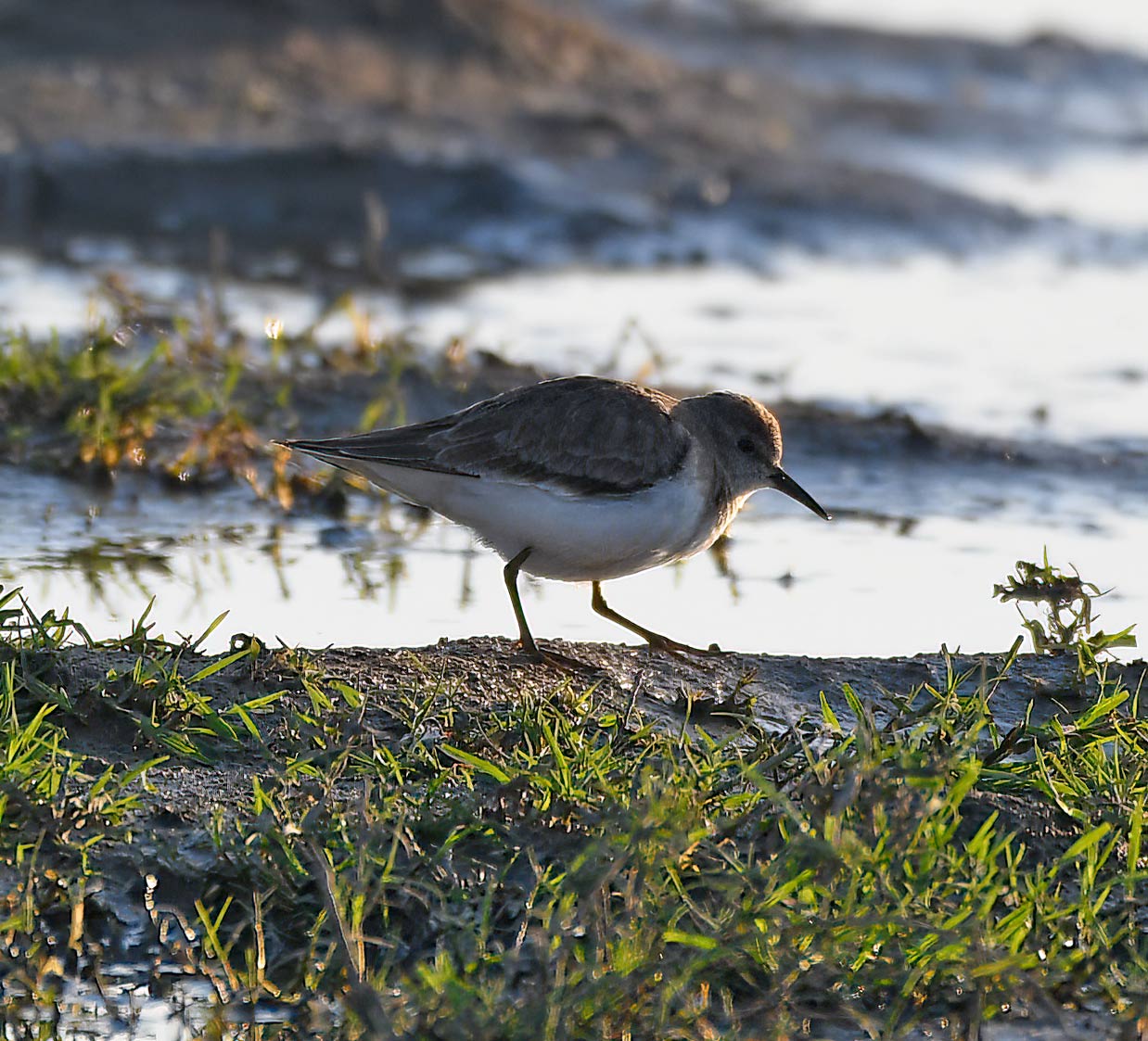
Temminck's Stint / Temminksnipe (Calidris temminckii), Rupbas early morning stop
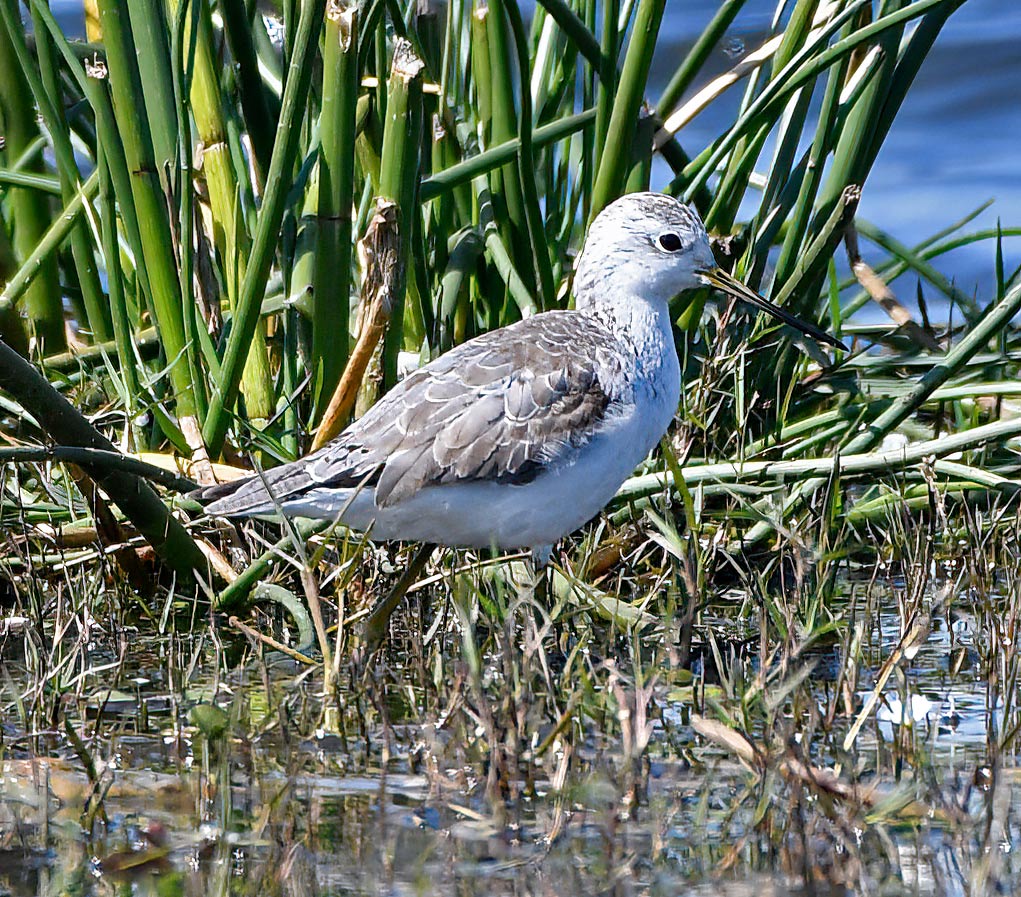
Marsh Sandpiper / Damsnipe (Tringa stagnatilis), Mastoora
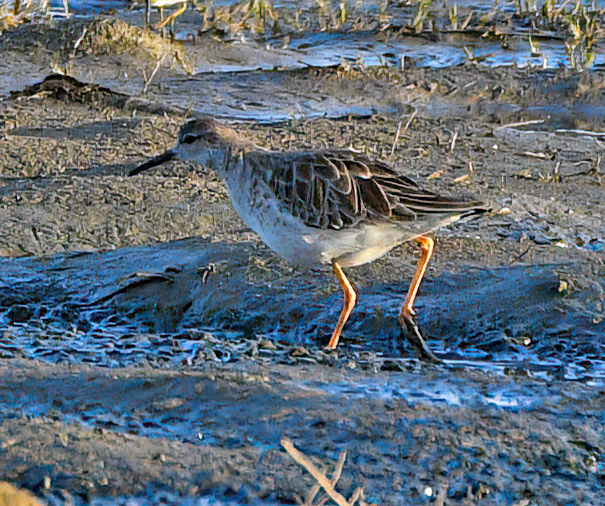
Ruff / Brushane (Calidris pugnax), Rupbas early morning stop
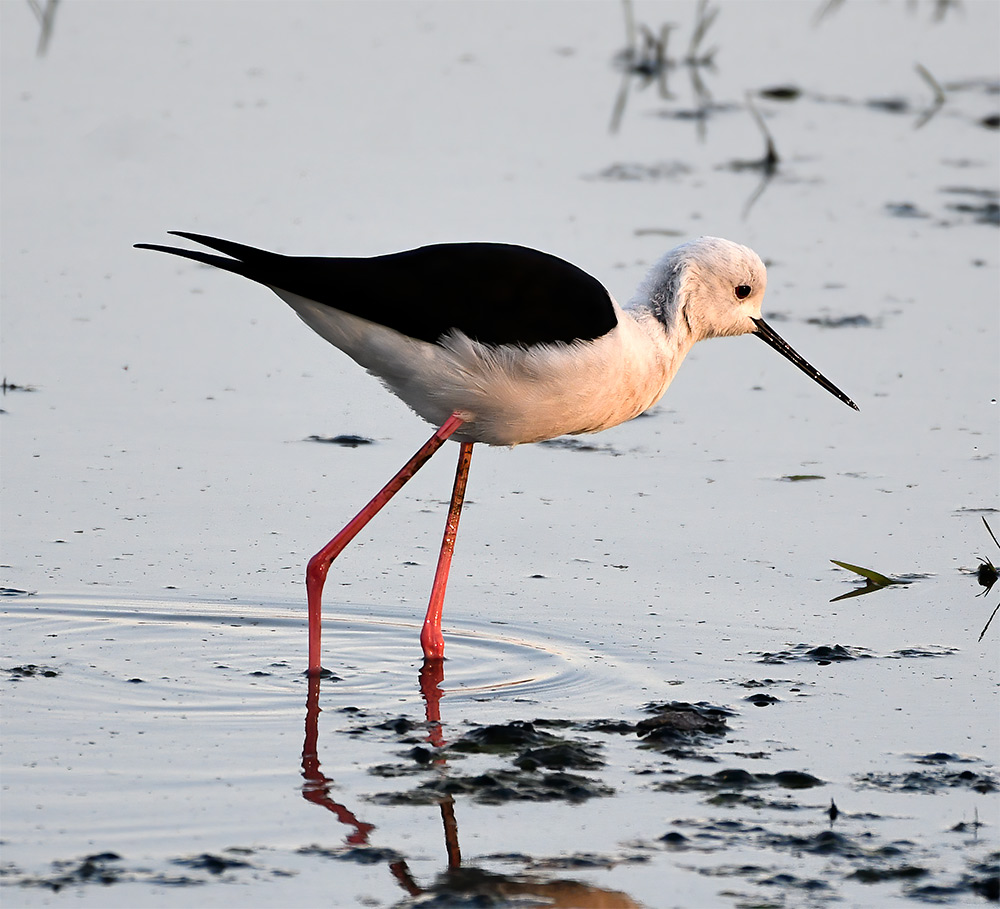
Black-winged Stilt (Himantopus himantopus), Rupbas early morning stop
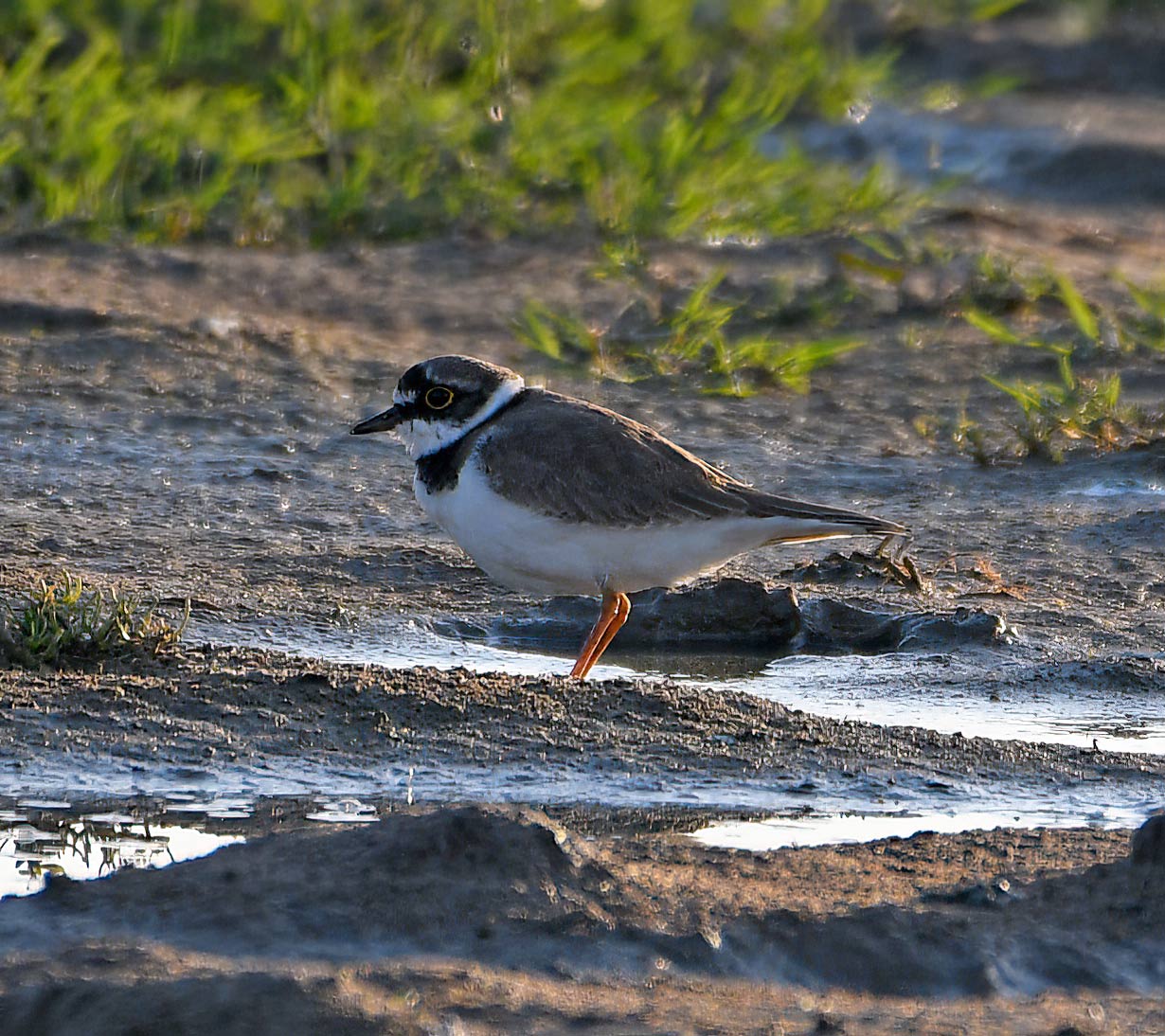
Little Ringed Plover / Dverglo, Rupbas early morning stop
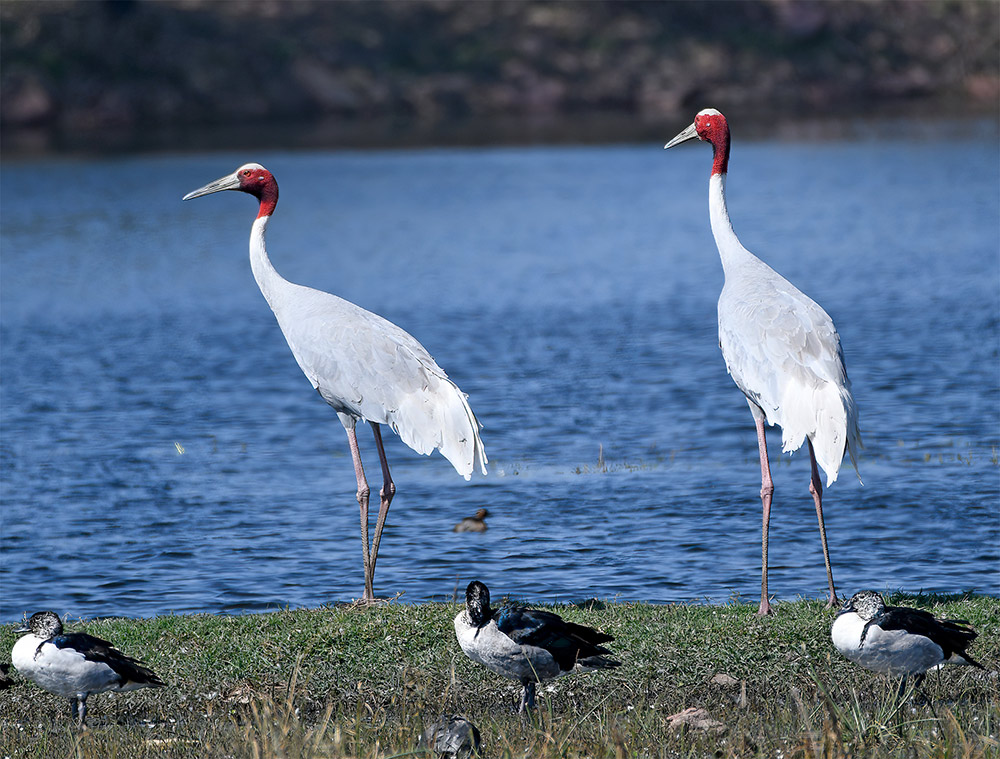
Sarus Crane (Grus antigone), Mastoora
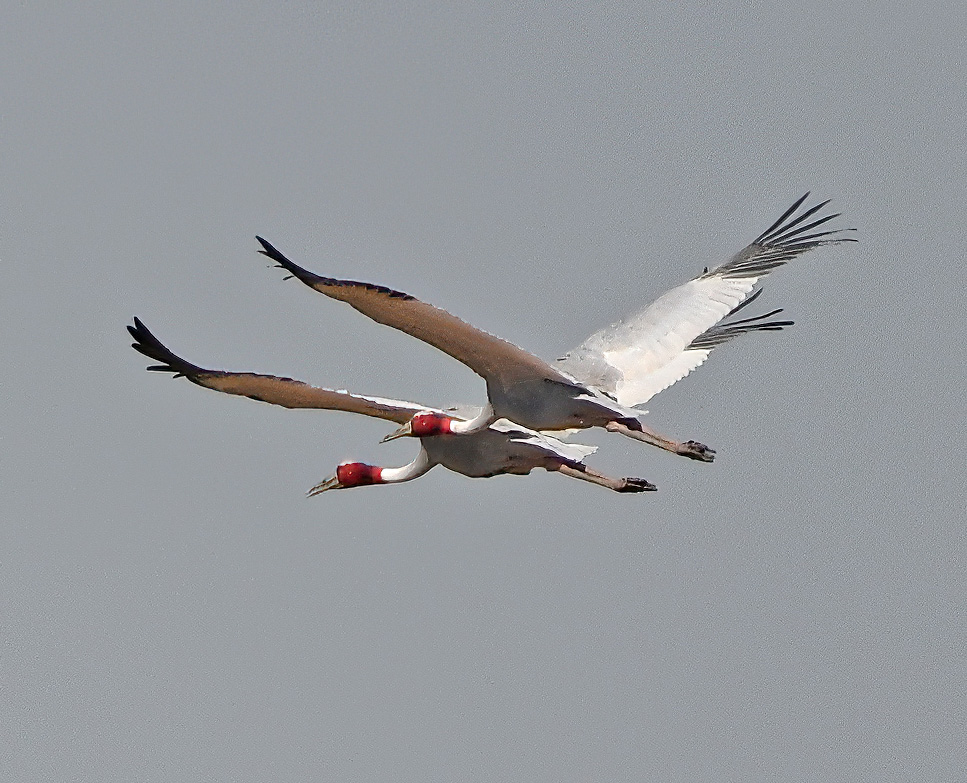
Sarus Crane, Mastoora
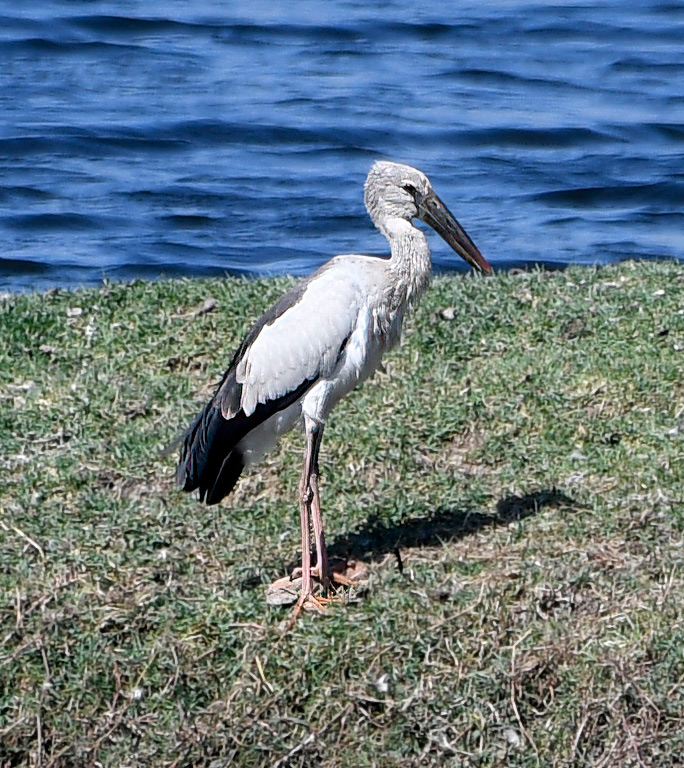
Asian Openbill Stork (Anastomus oscitans), Mastoora
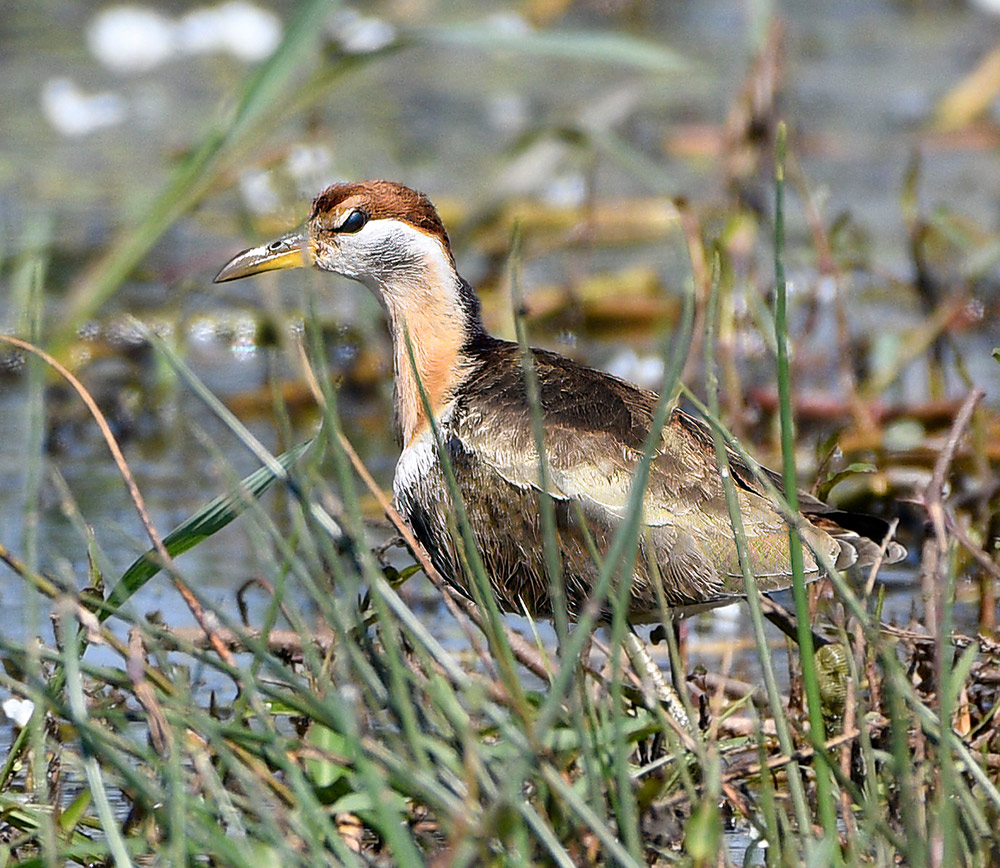
Bronze-winged Jacana (Metopidius indicus), Mastoora
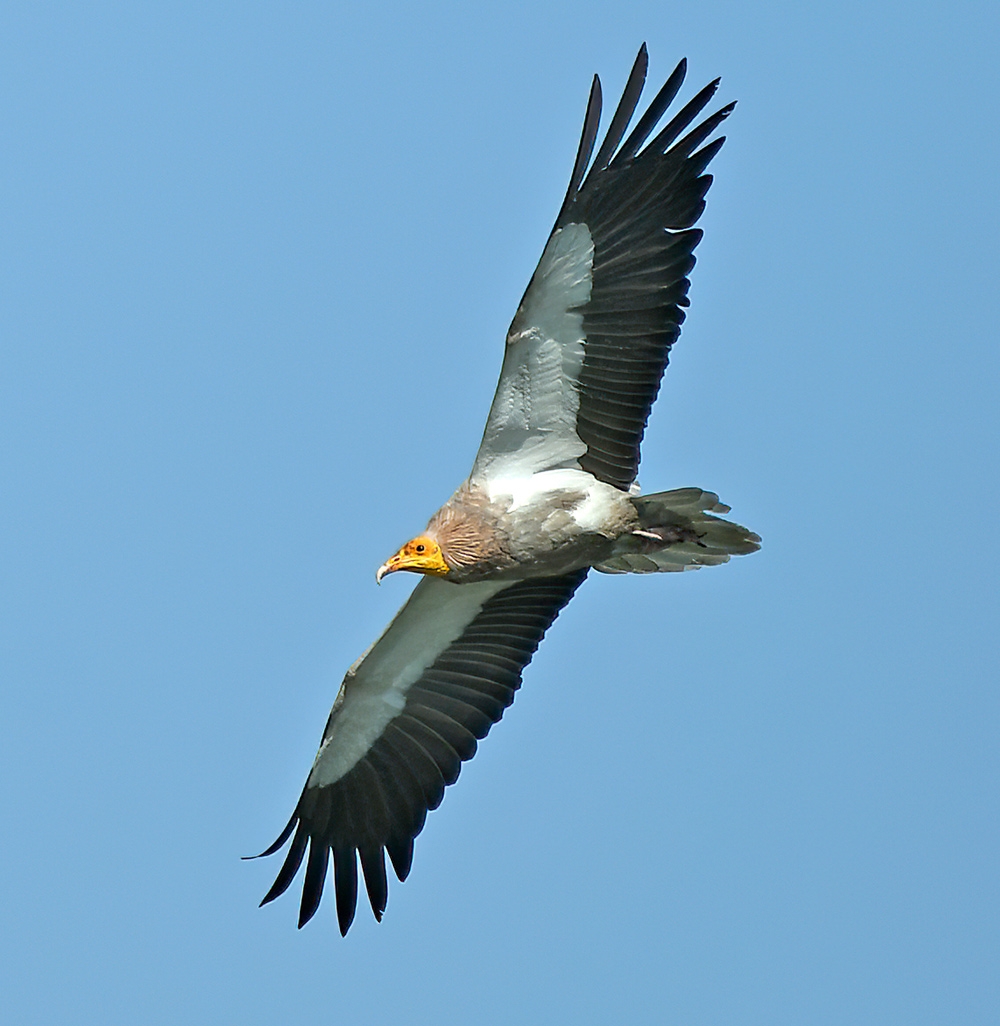
Egyptian Vulture (Neophron percnopterus)
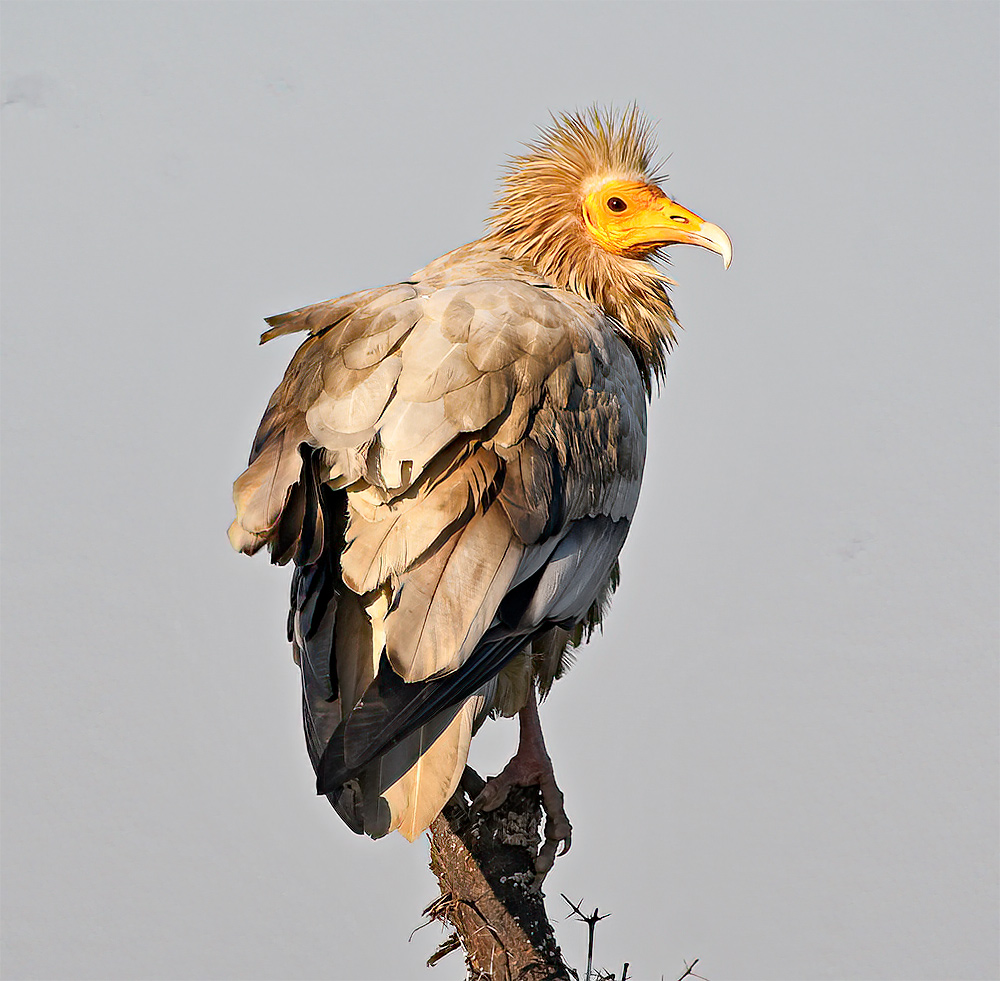
Egyptian Vulture
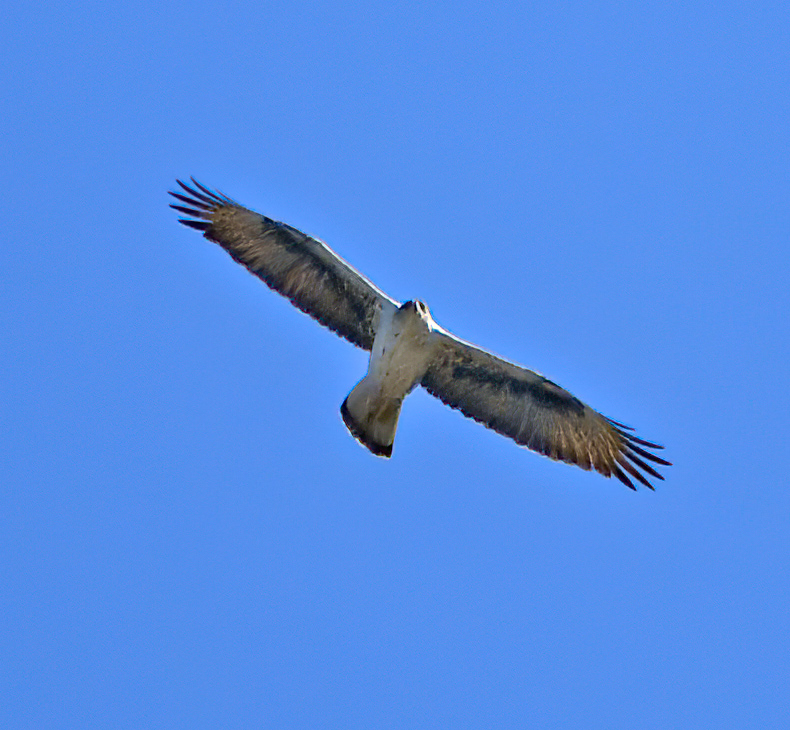
Bonelli's Eagle (Aquila fasciata)
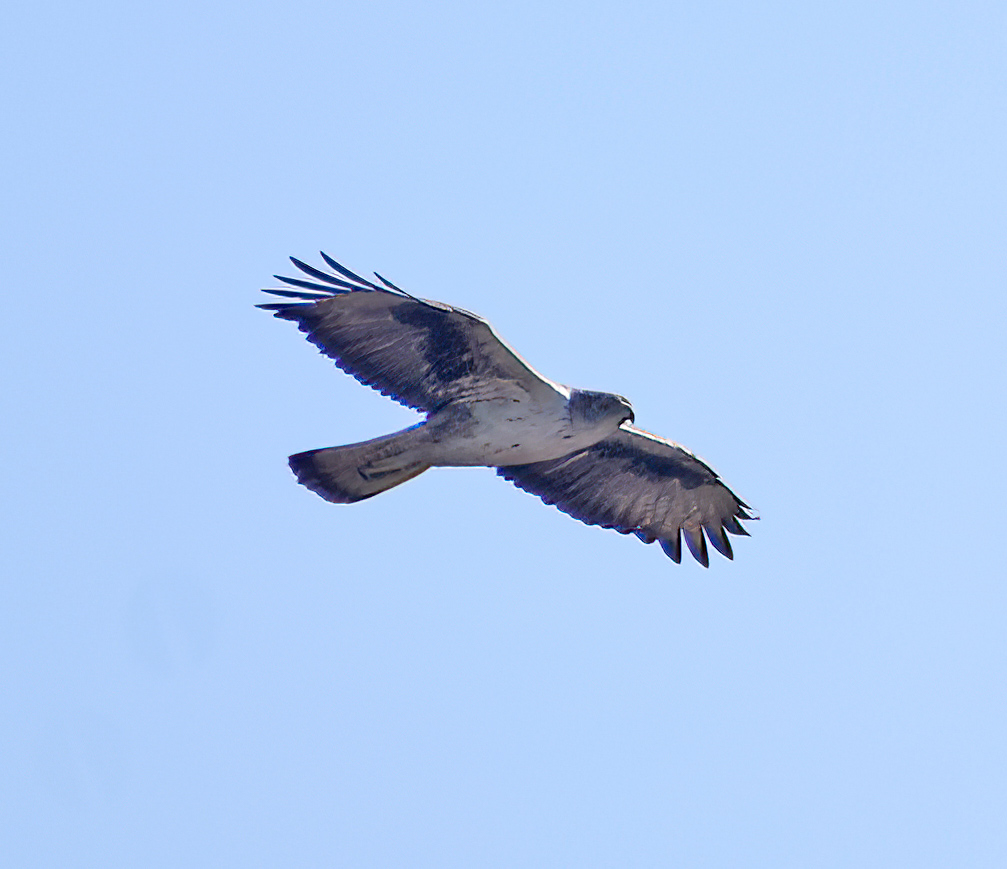
Bonelli's Eagle
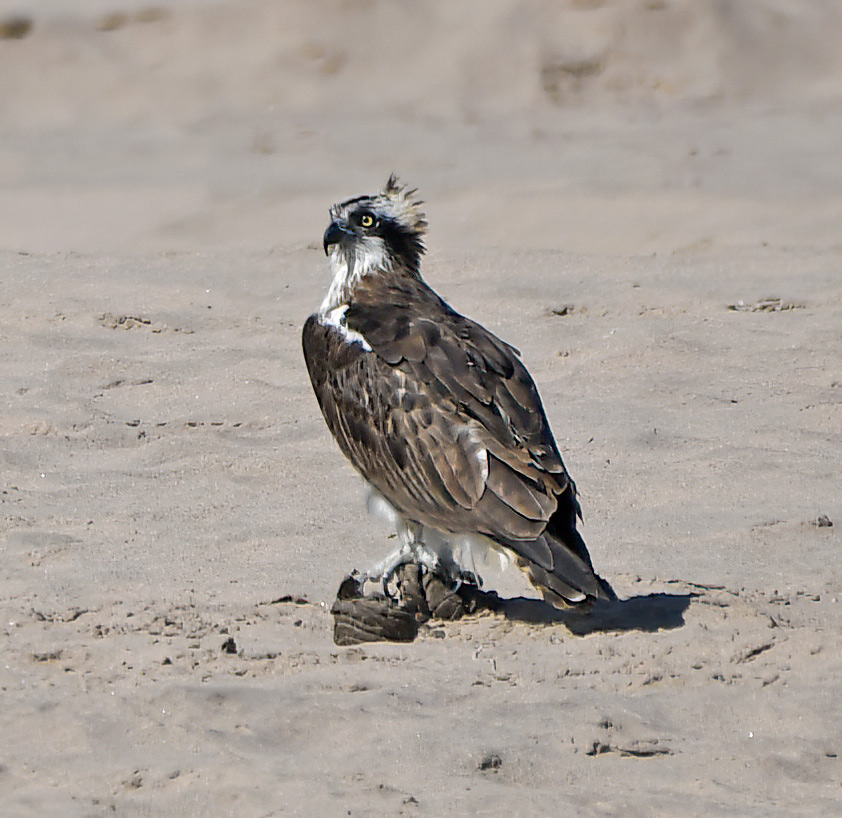
Osprey / Fiskeørn (Pandion haliaetus)
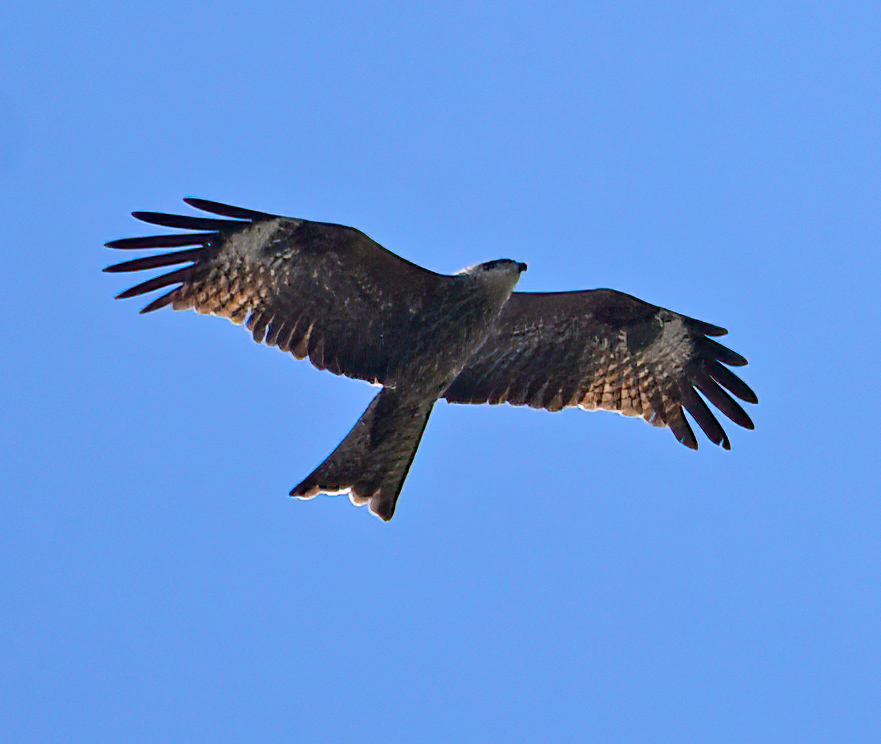
Black Kite (Milvus migrans), Bayana Cliffs
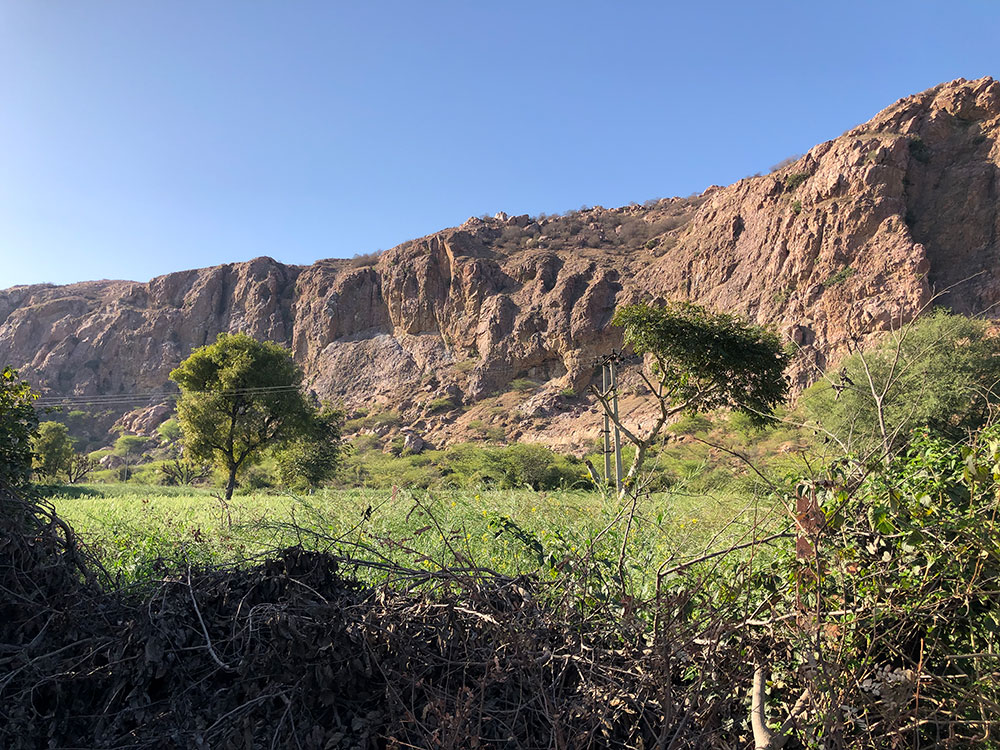
Bayana Cliffs
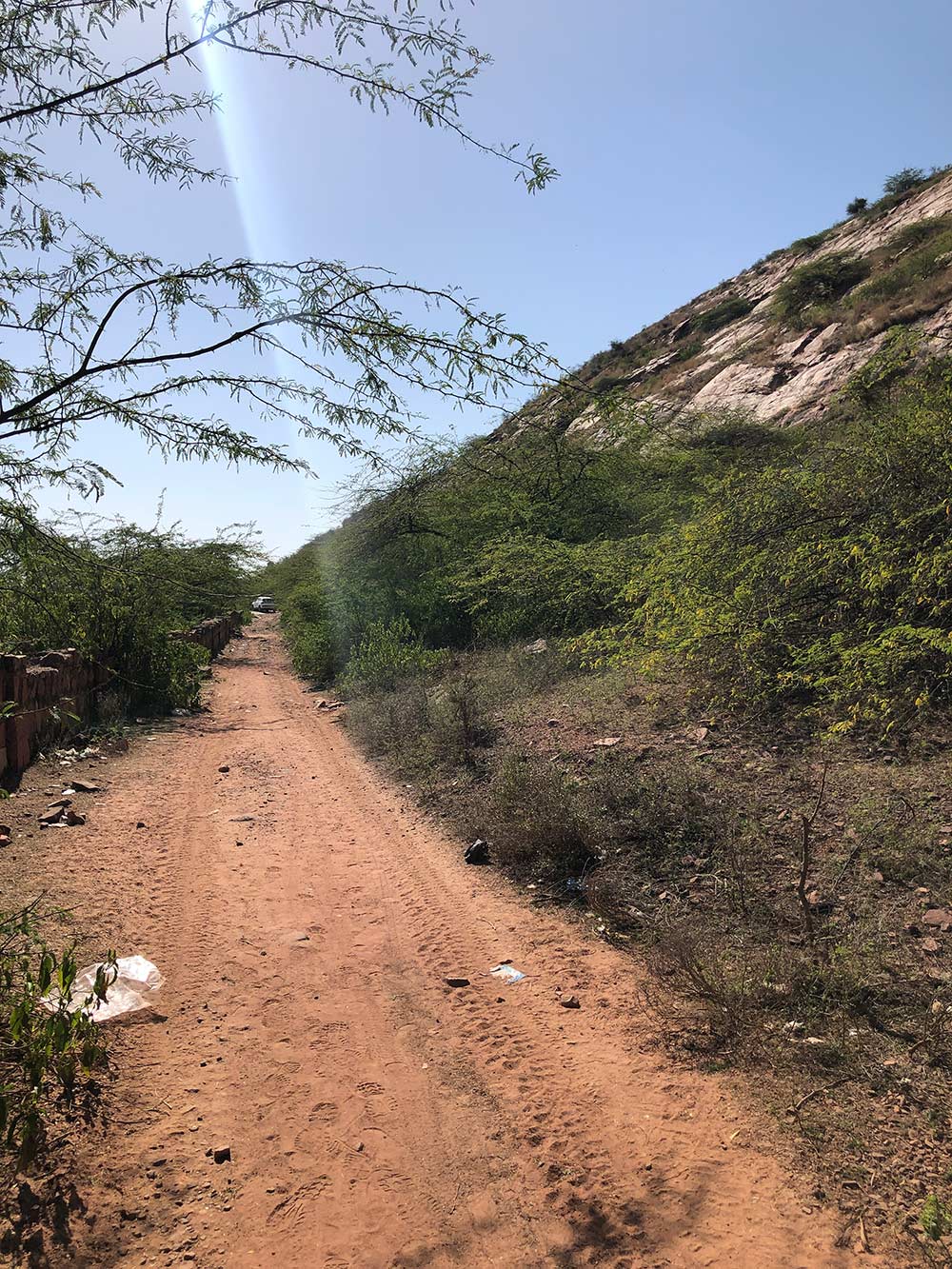
Stop at Band Baretha looking for dry-land birds on our way to Bayana Cliffs
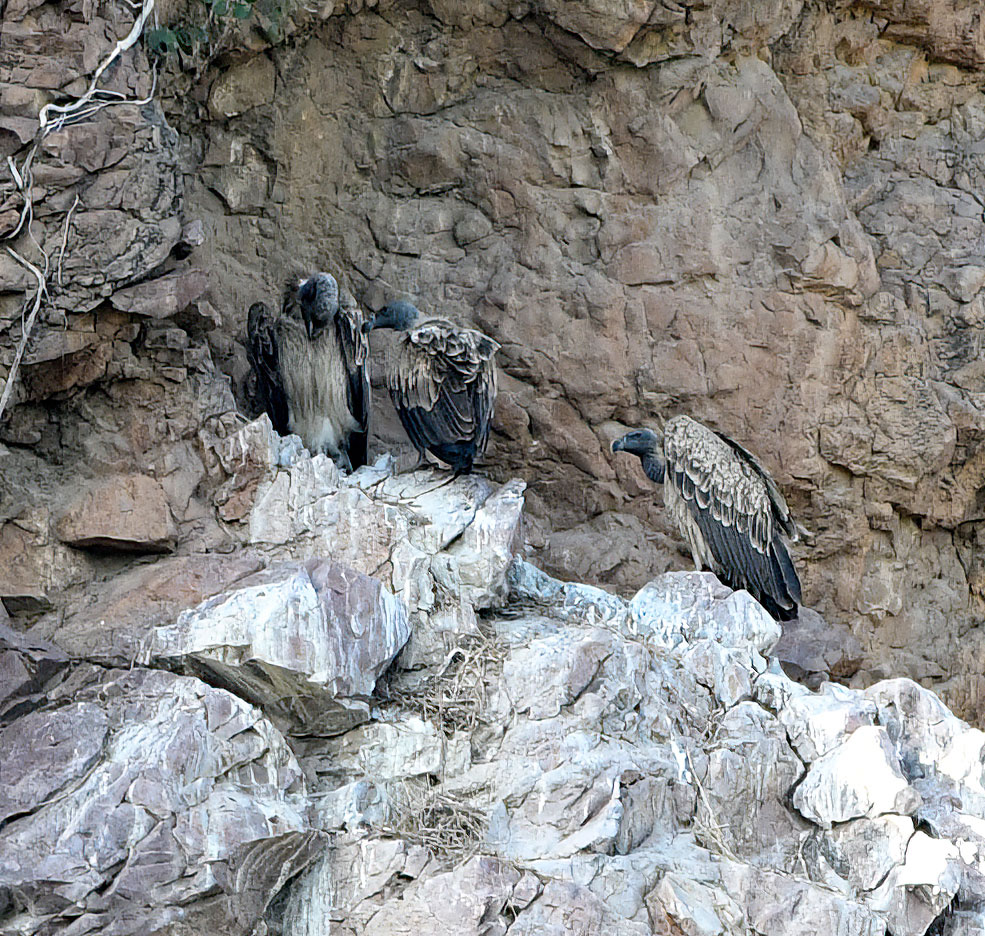
Indian Vulture (Gyps indicus), Bayana Cliffs
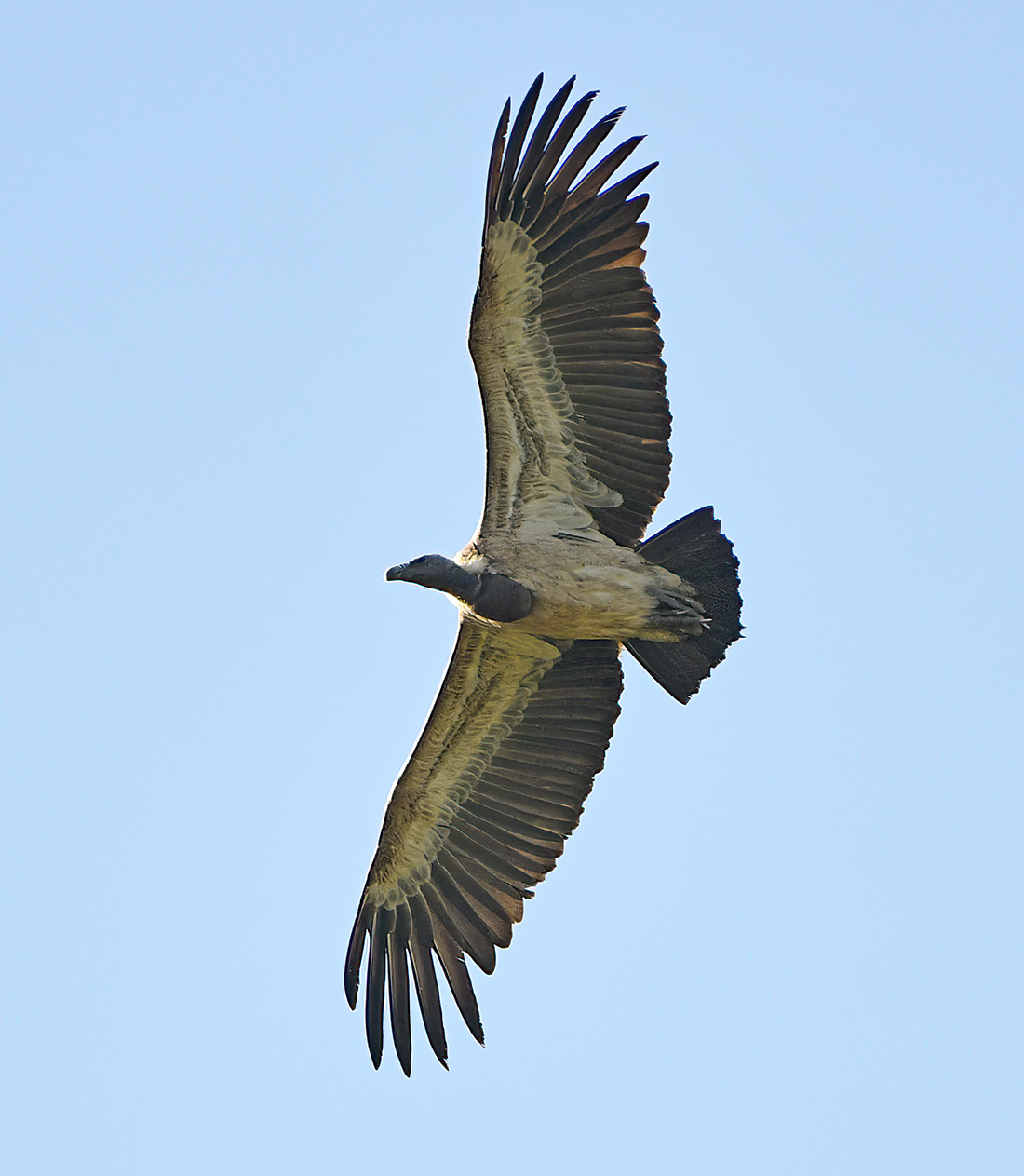
Indian Vulture, Bayana Cliffs
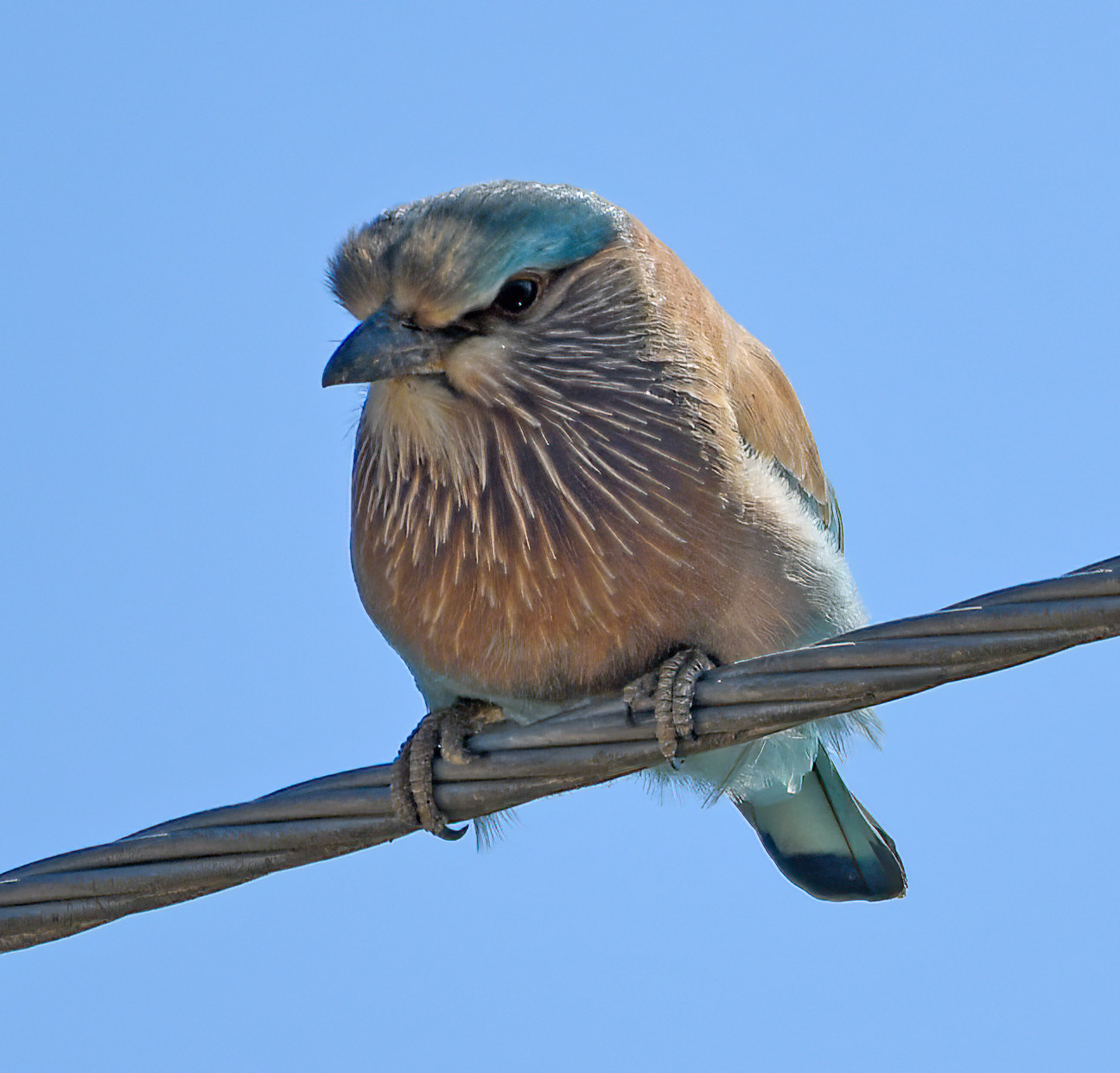
Indian Roller (Coracias benghalensis), Nibhi ka Taal
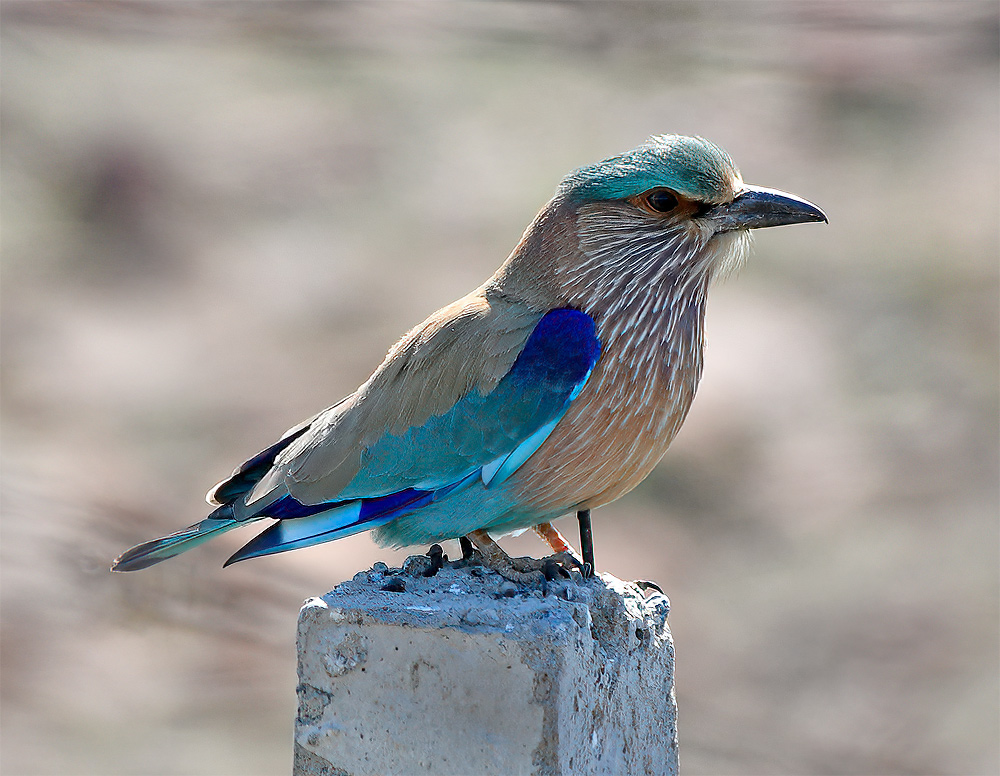
Indian Roller, Mastoora
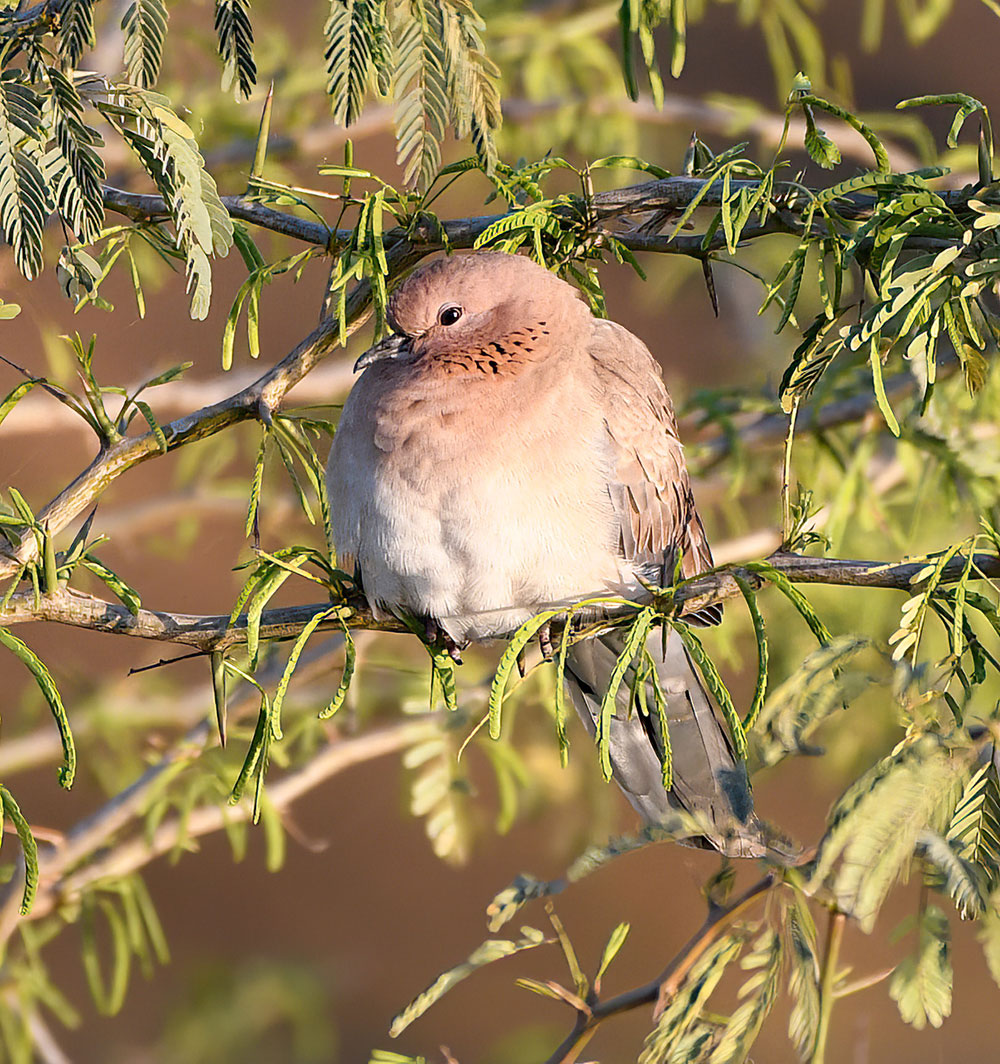
Laughing Dove (Spilopelia senegalensis), Rupbas early morning stop
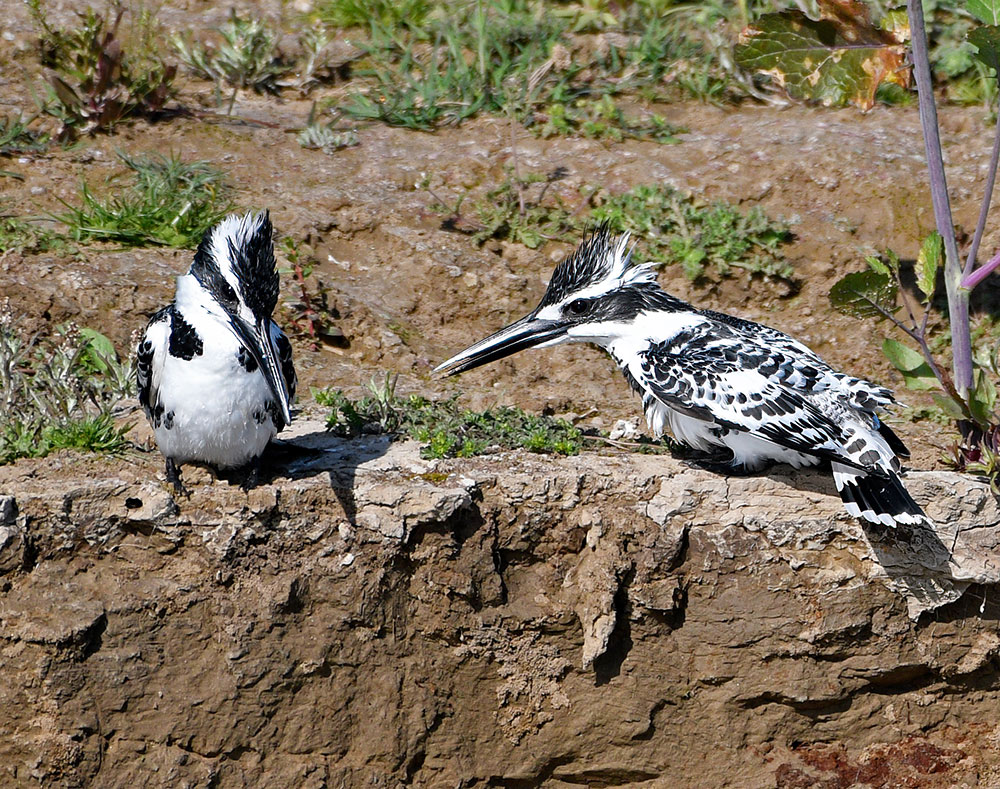
Pied Kingfisher (Ceryle rudis)
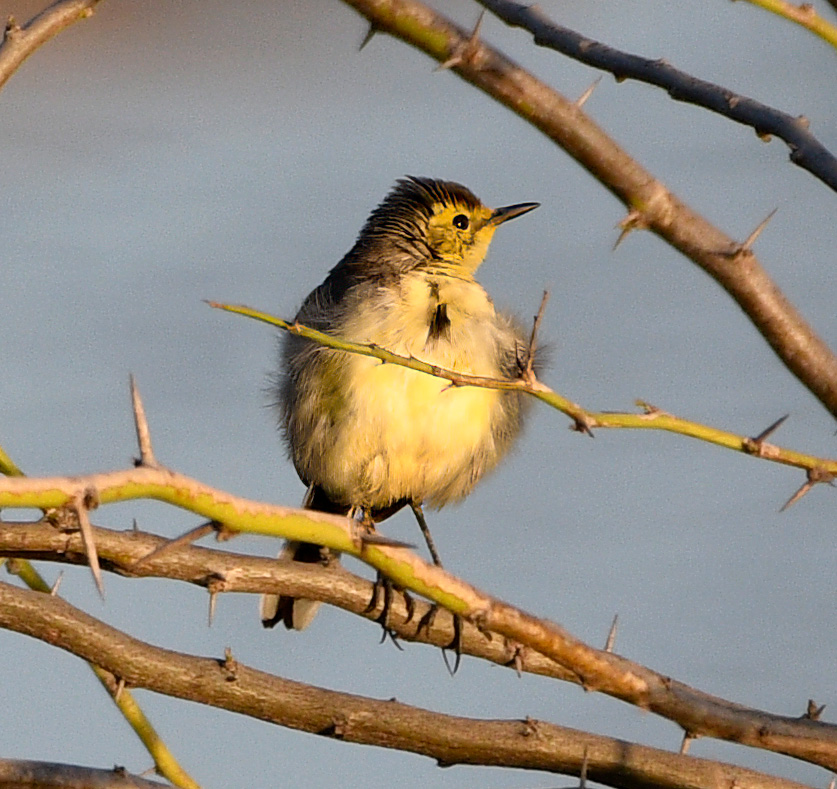
Citrine Wagtail (Motacilla citreola), Rupbas early morning stop
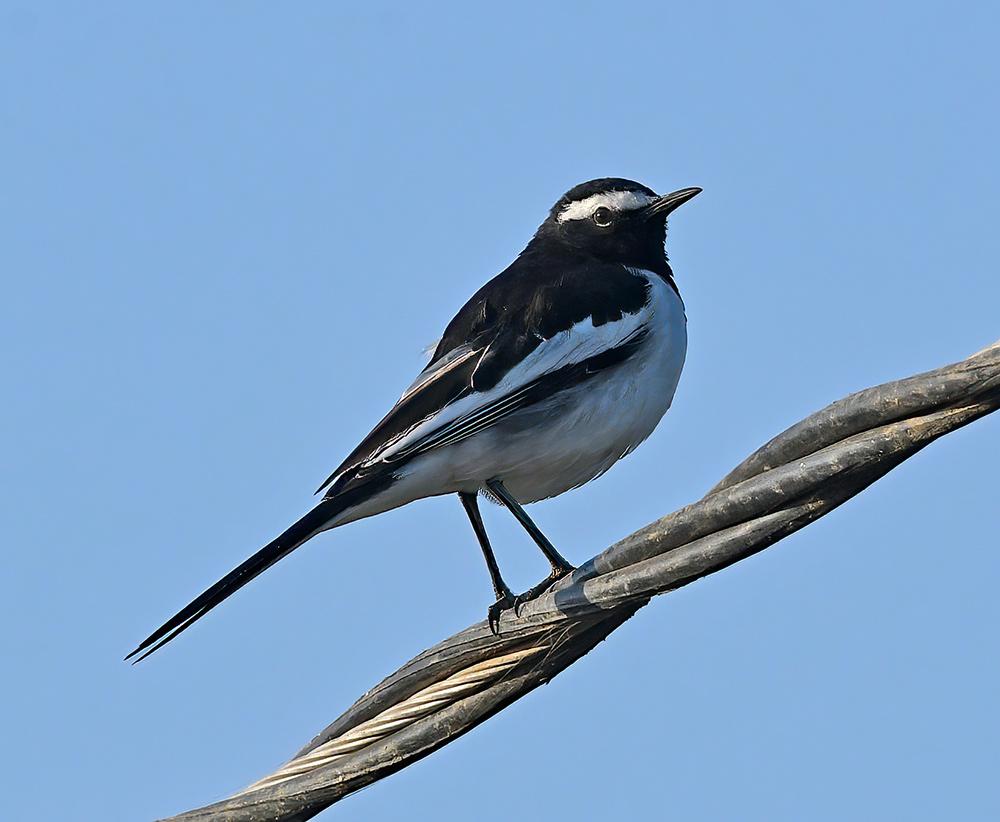
White-browed Wagtail (Motacilla maderaspatensis)
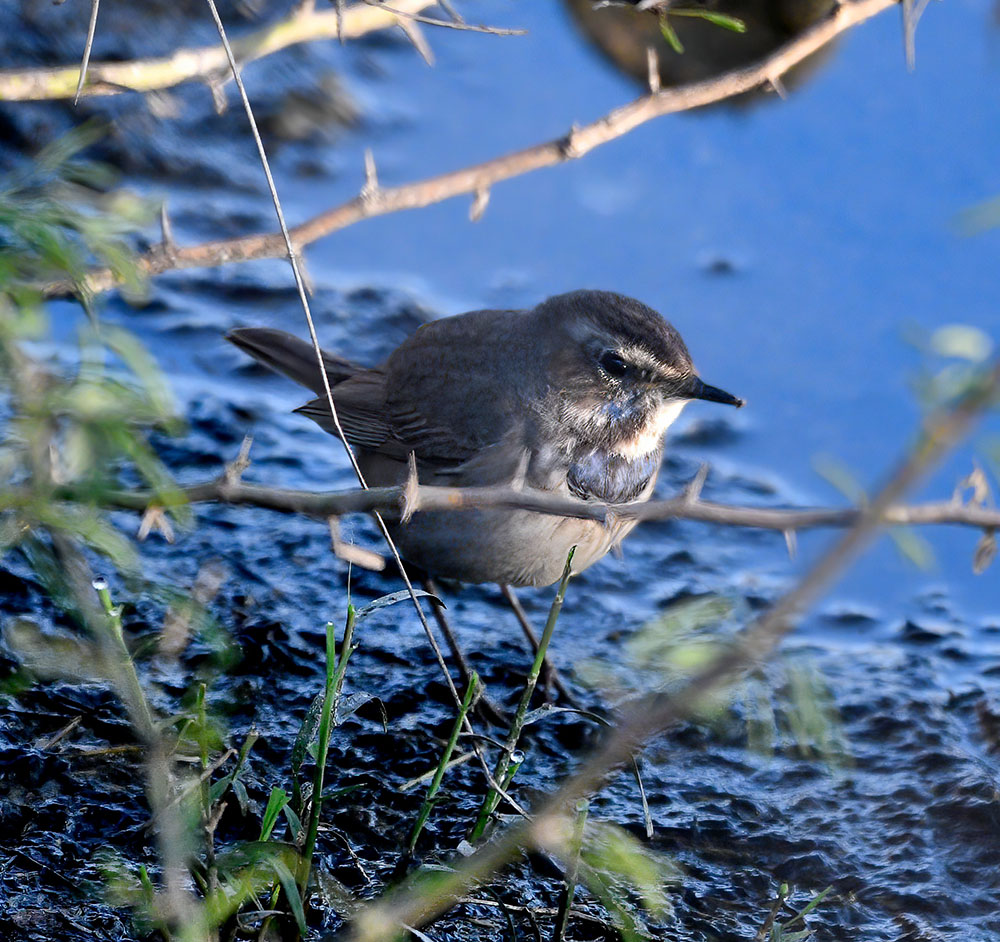
Bluethroat / Blåstrupe (Luscinia svecica), Rupbas early morning stop
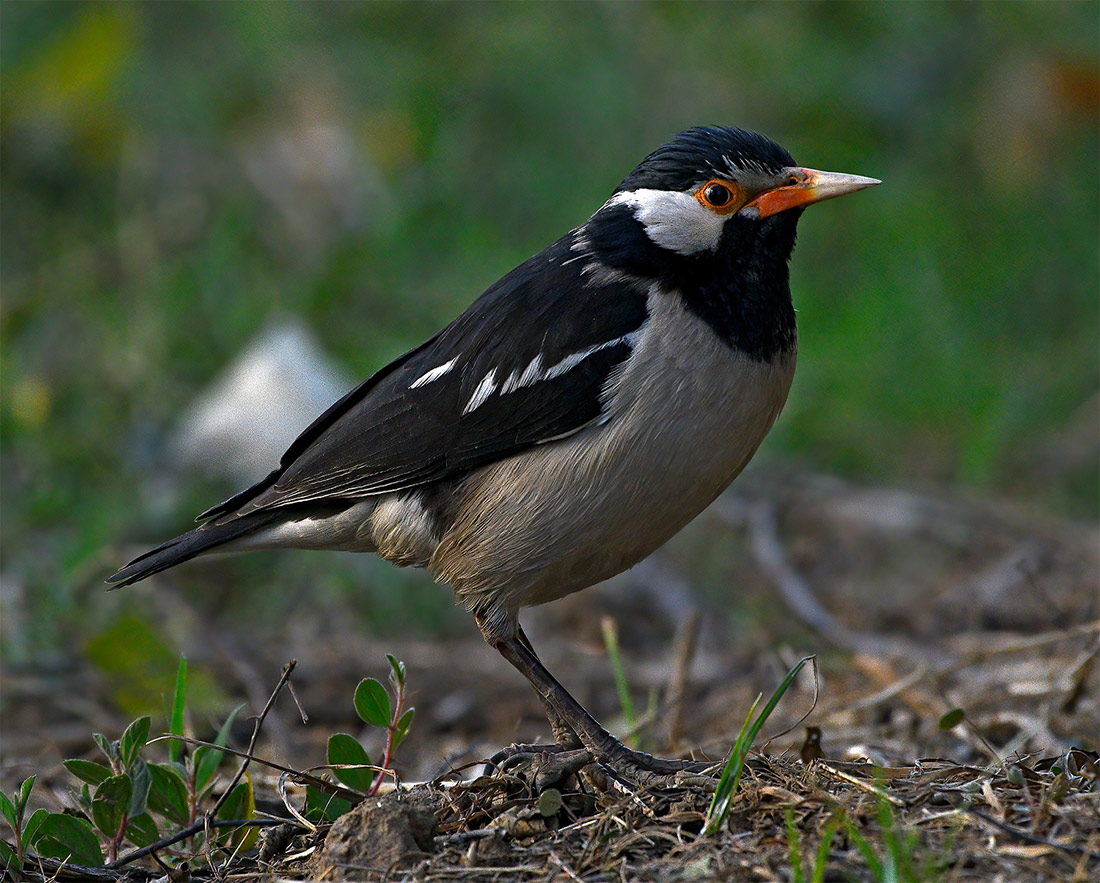
Indian Pied Starling (Gracupica contra), Bayana Cliffs
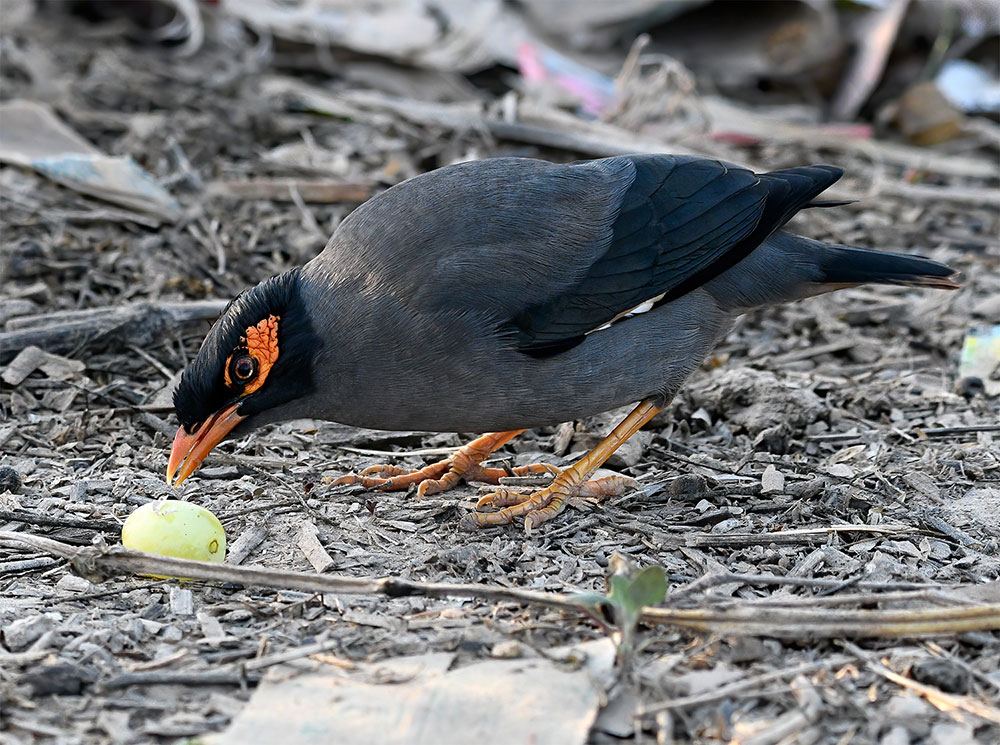
Bank Myna (Acridotheres ginginianus)
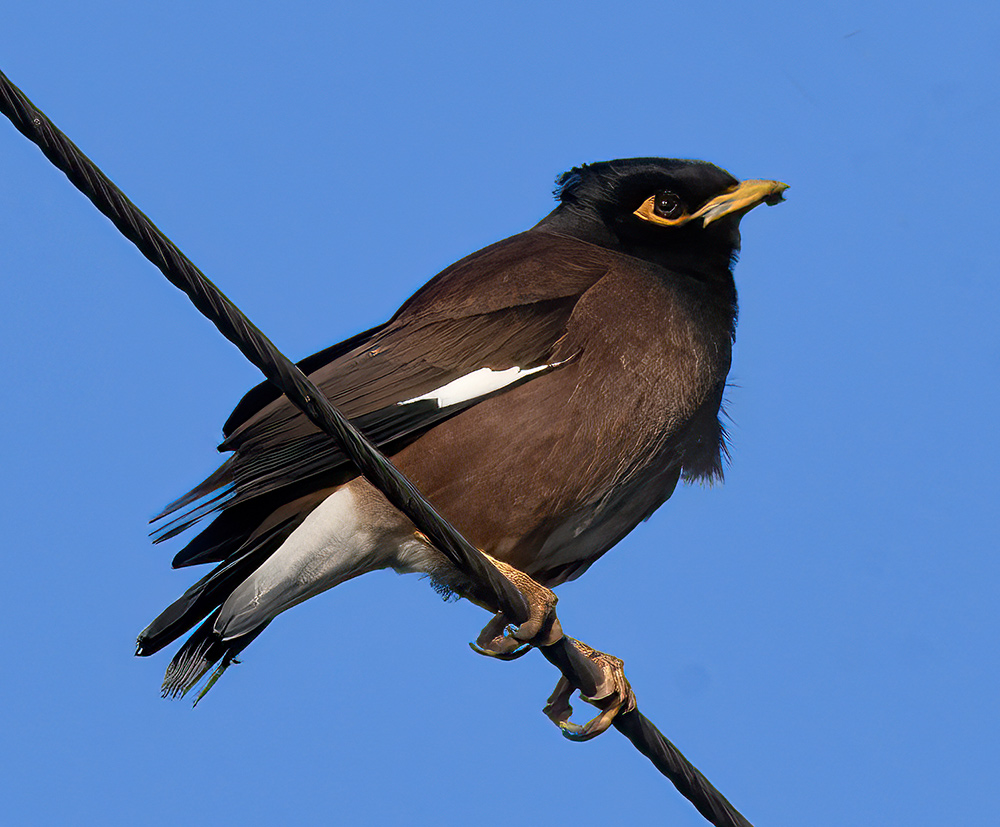
Common Myna (Acridotheres tristis)
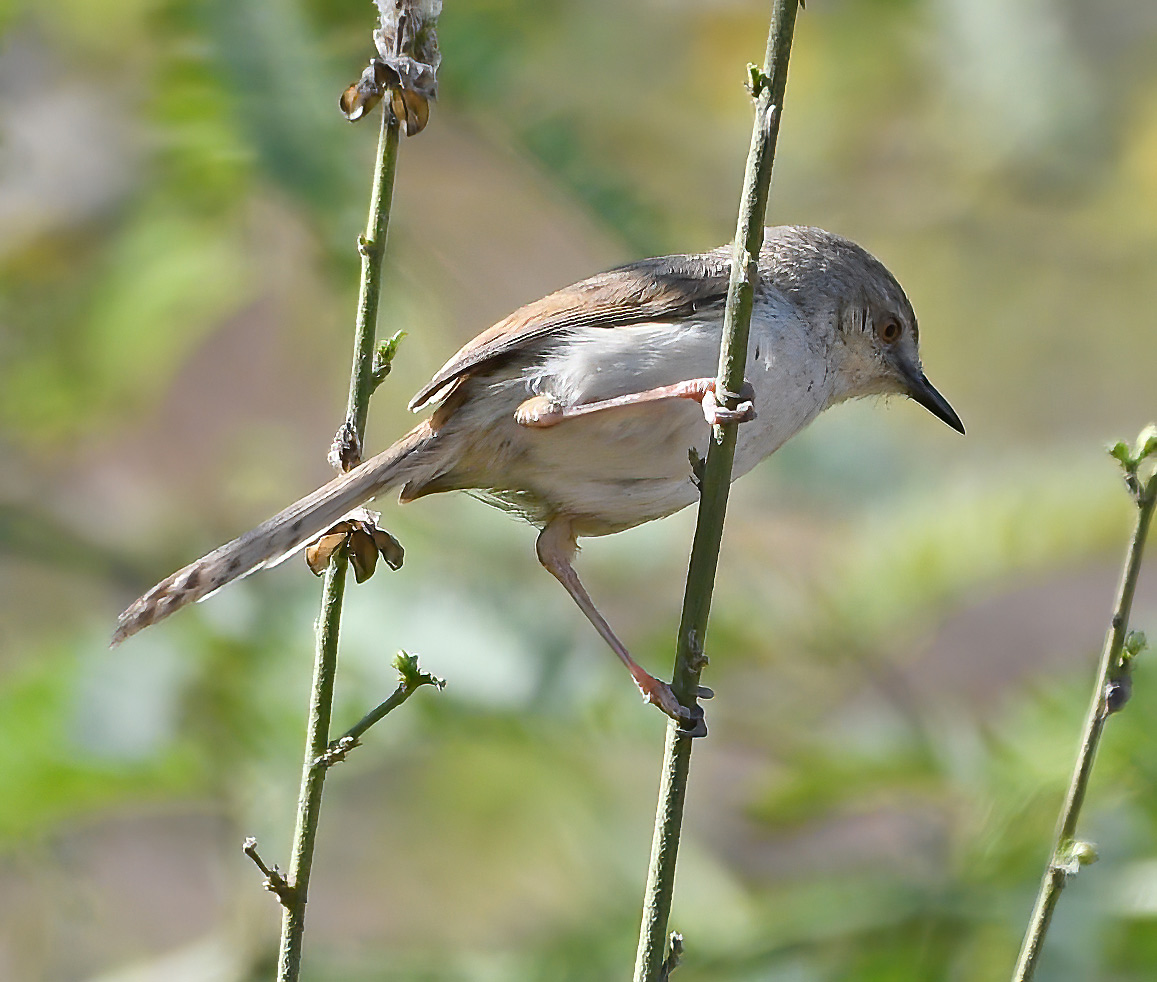
Grey-breasted Prinia (Prinia hodgsonii), Band Baretha
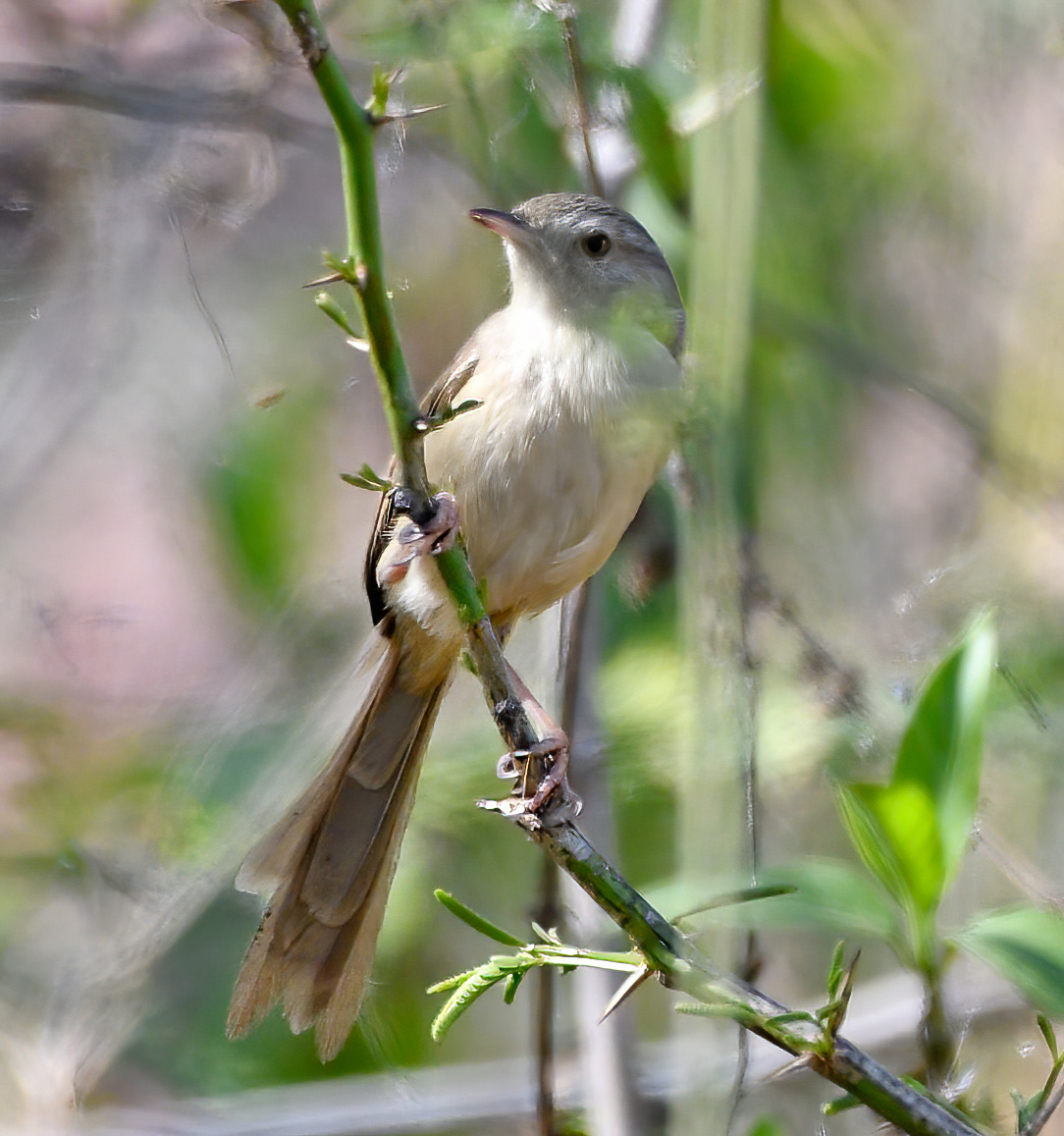
Plain Prinia (Prinia inornata), Band Baretha
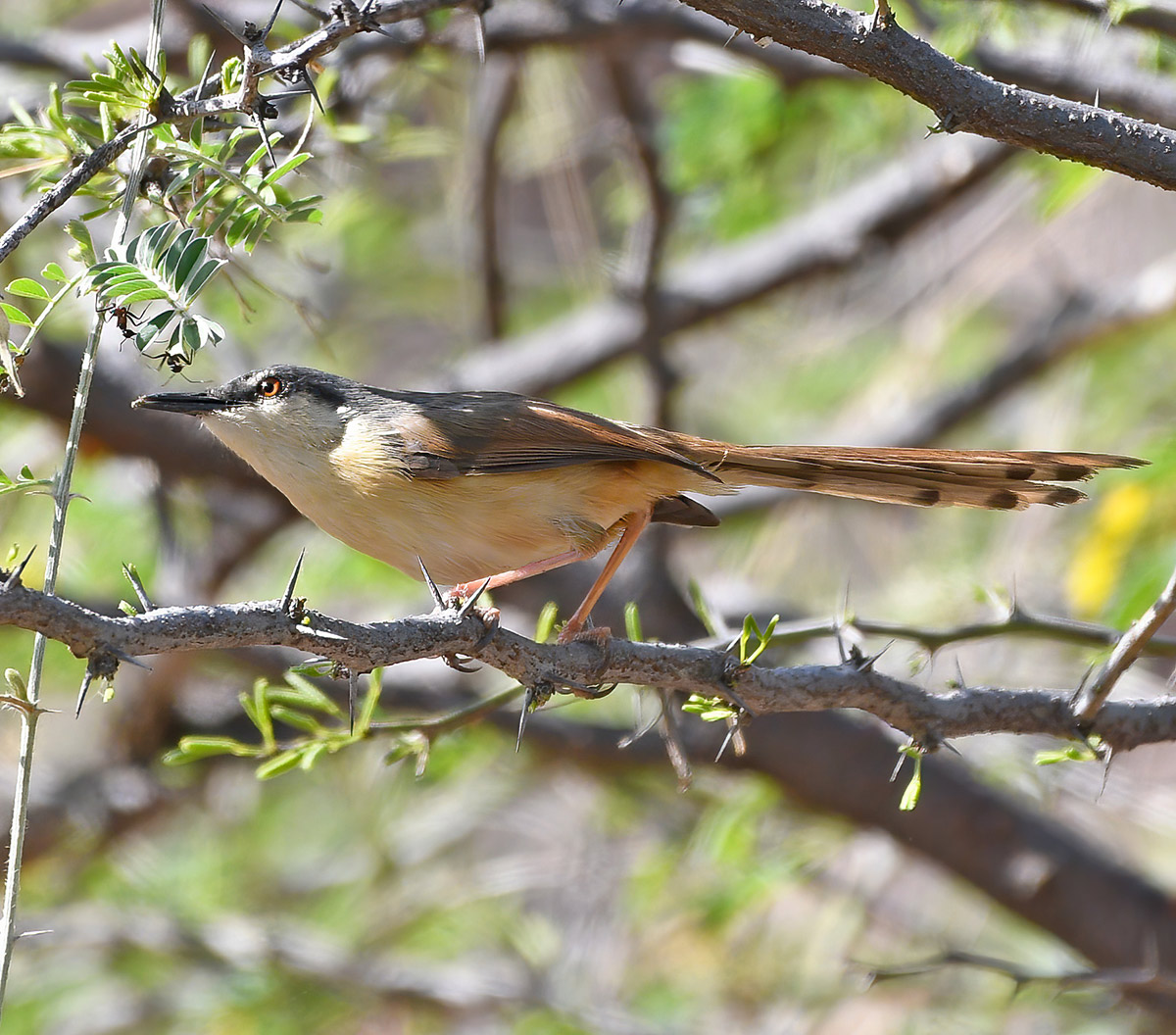
Ashy Prinia (Prinia socialis), Band Baretha
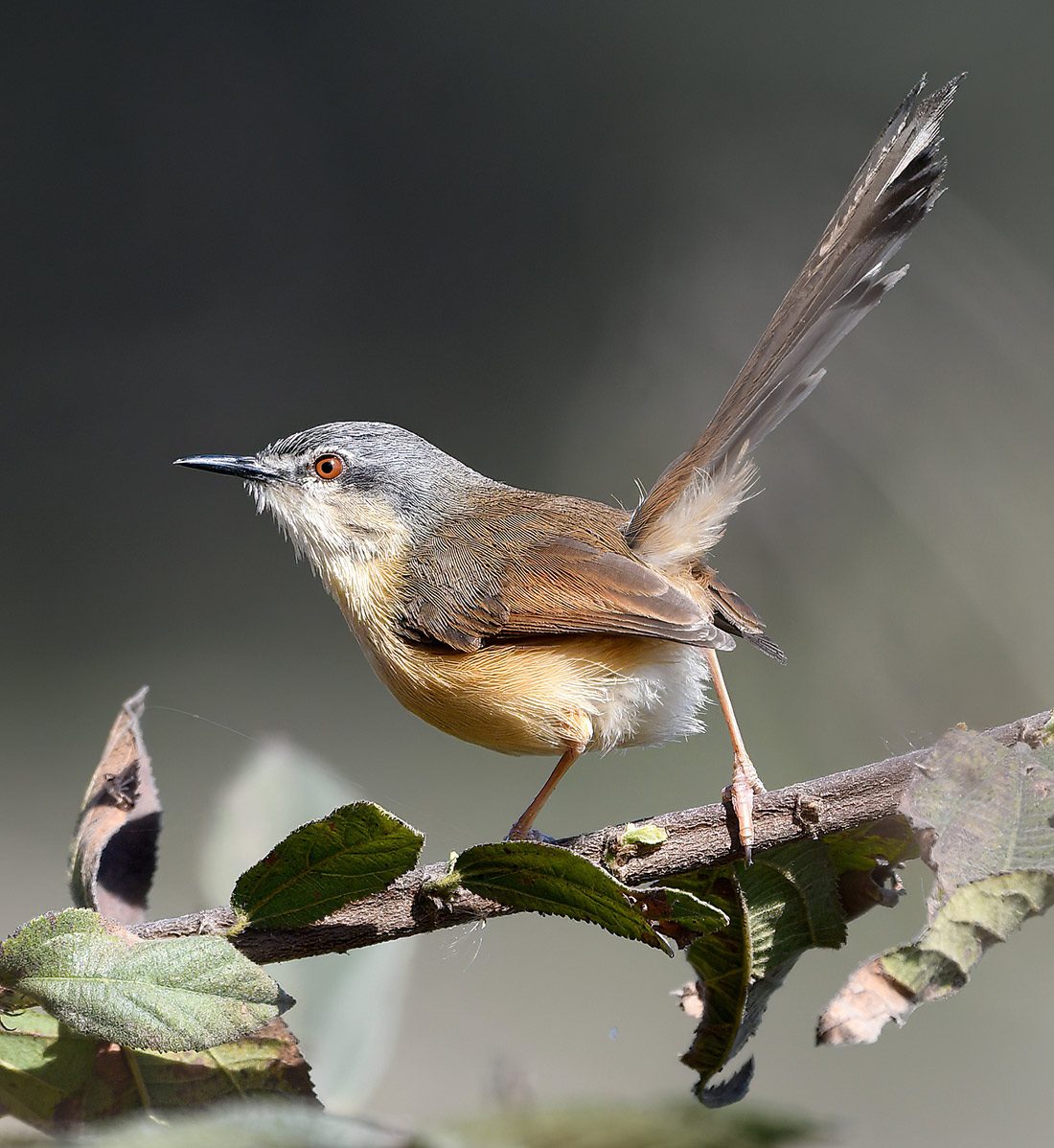
Ashy Prinia, Band Baretha
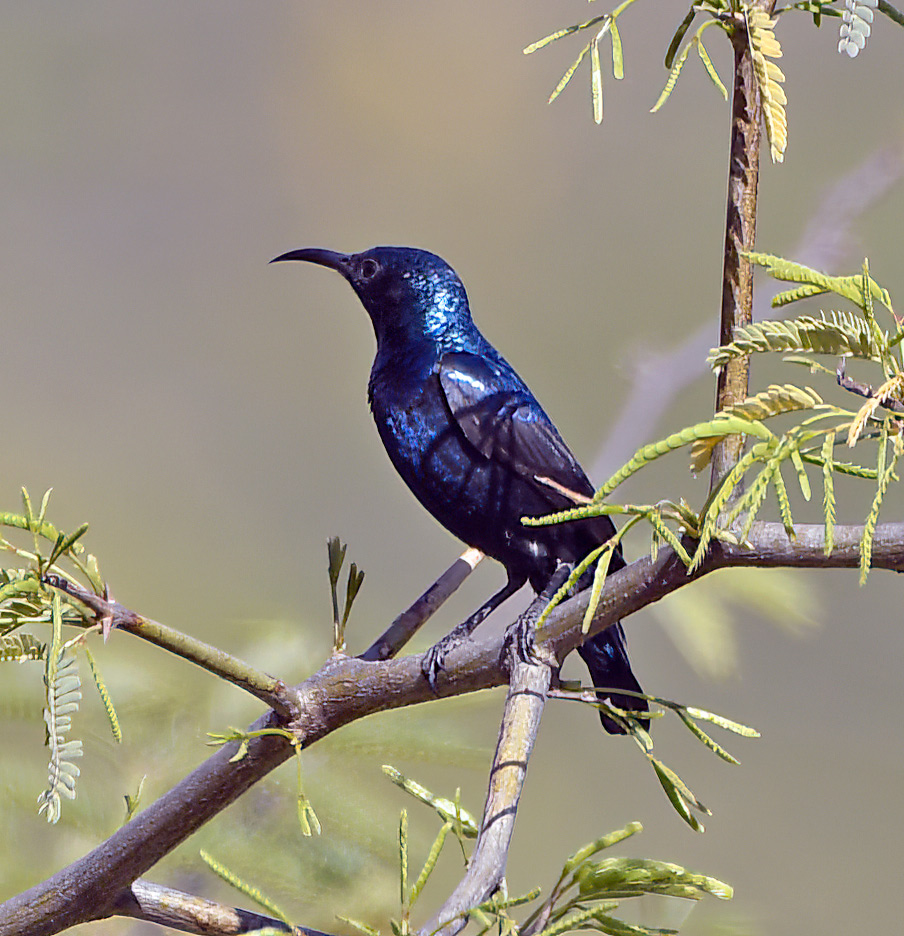
Purple Sunbird (Cinnyris asiaticus), Band Baretha
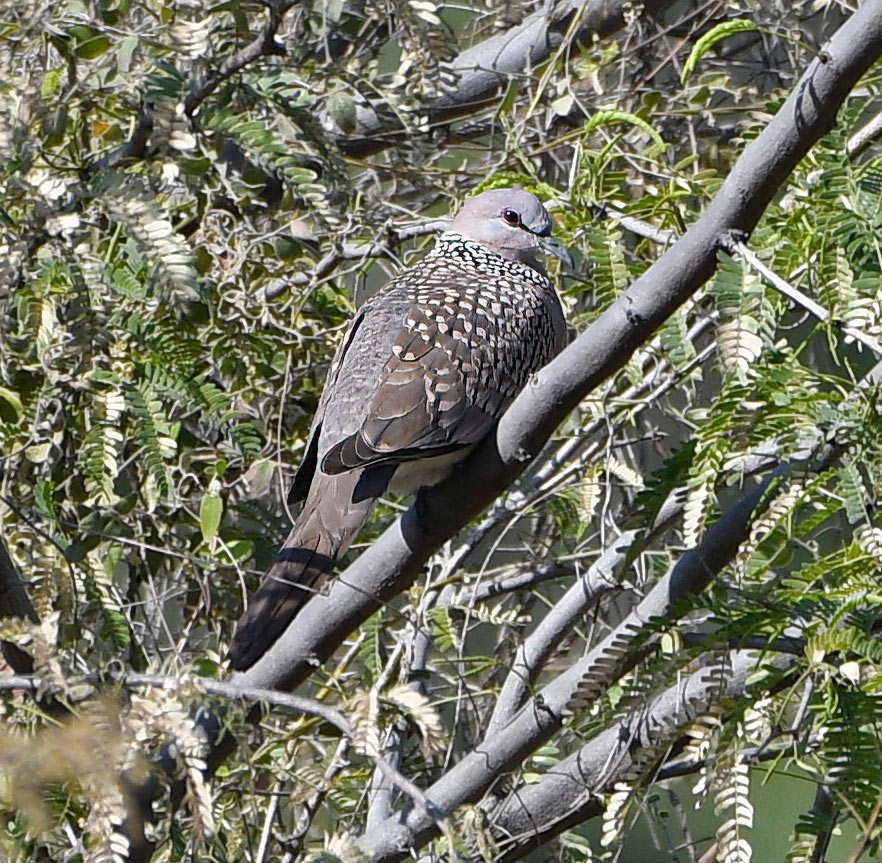
Spotted Dove (Spilopelia chinensis), Band Baretha
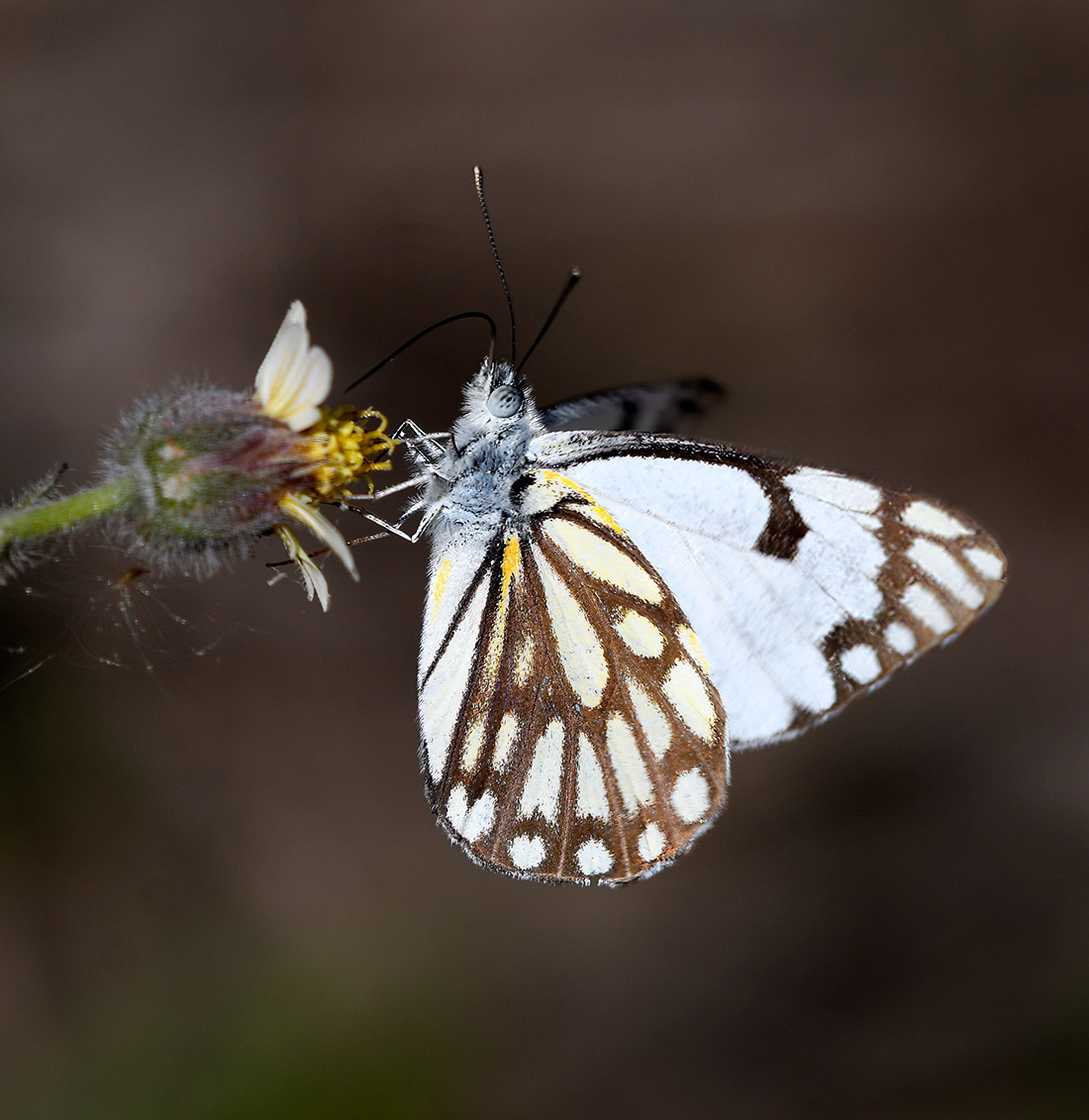
Pioneer White (Belenois aurota), Band Baretha
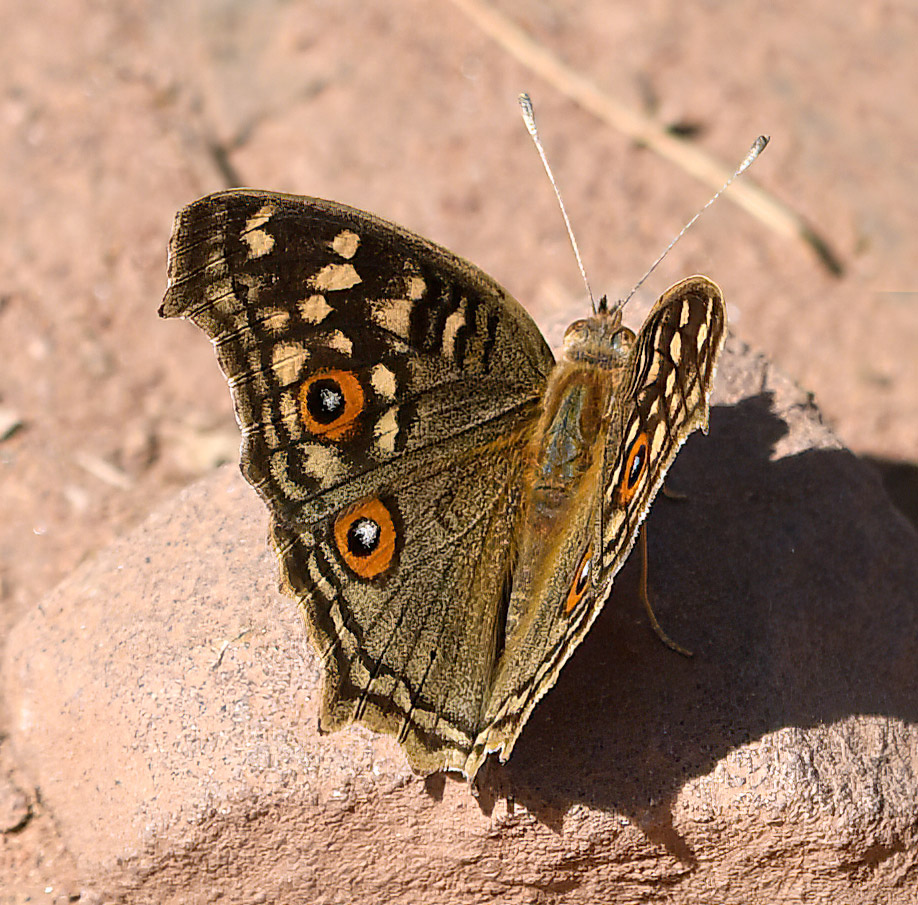
Lemon Pansy (Junonia lemonias), Band Baretha
